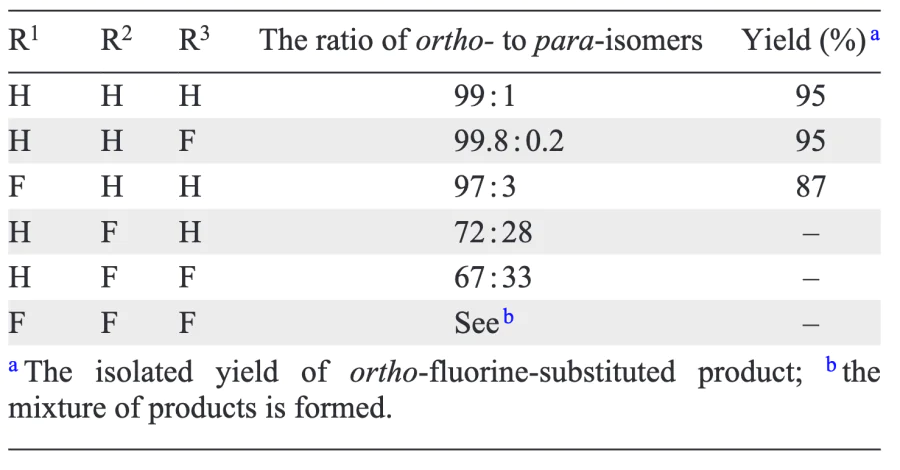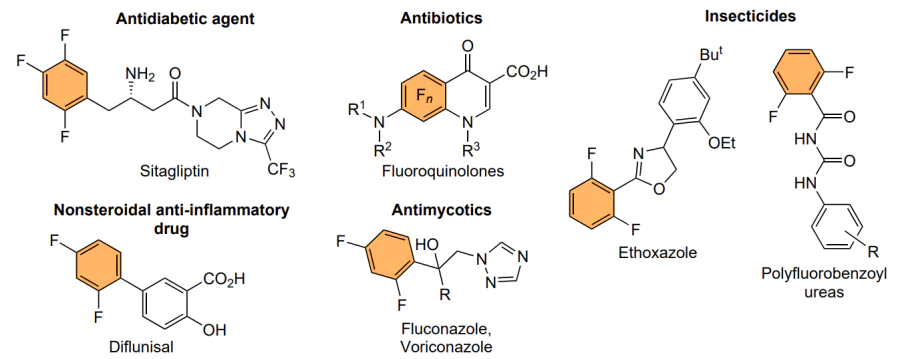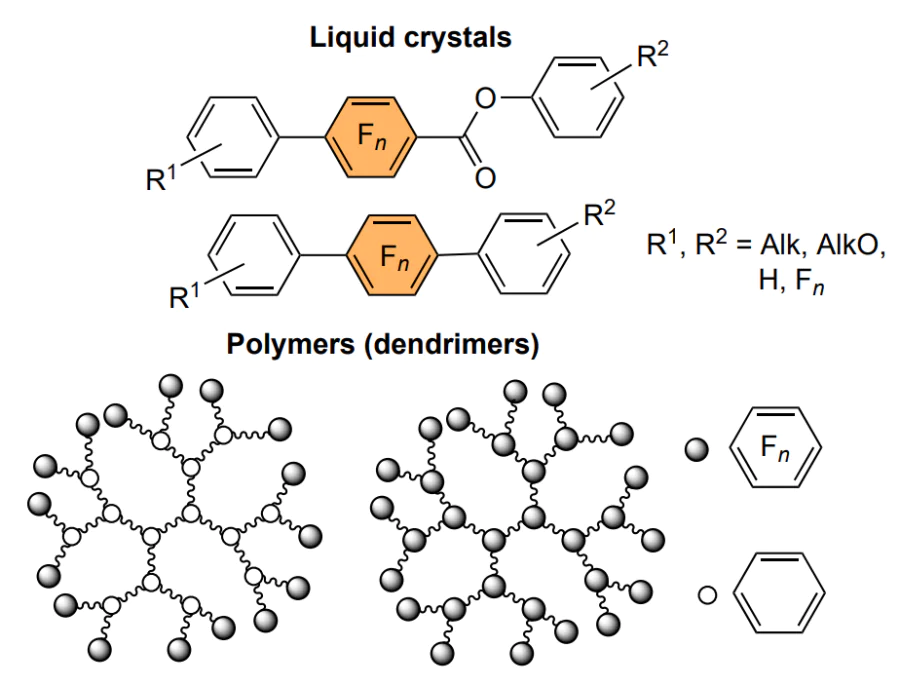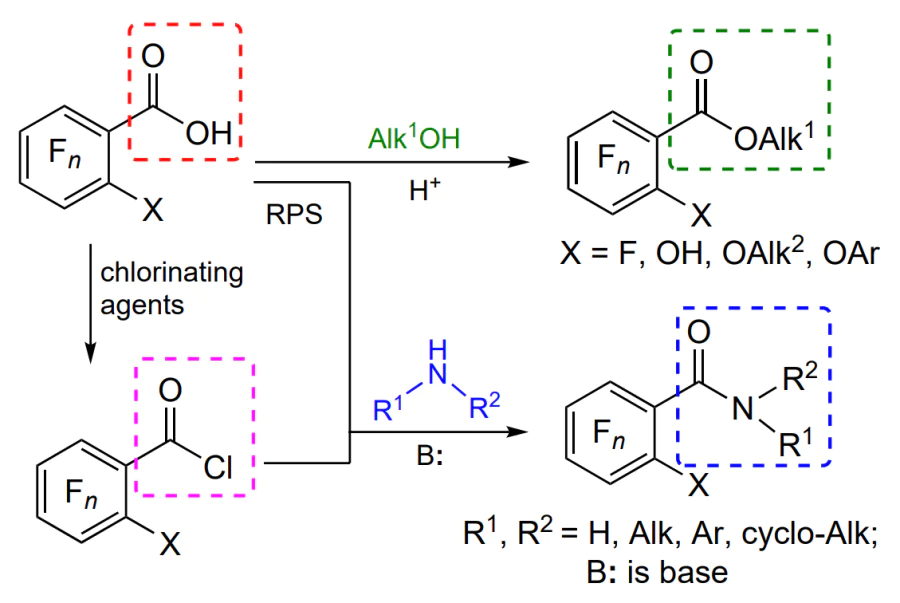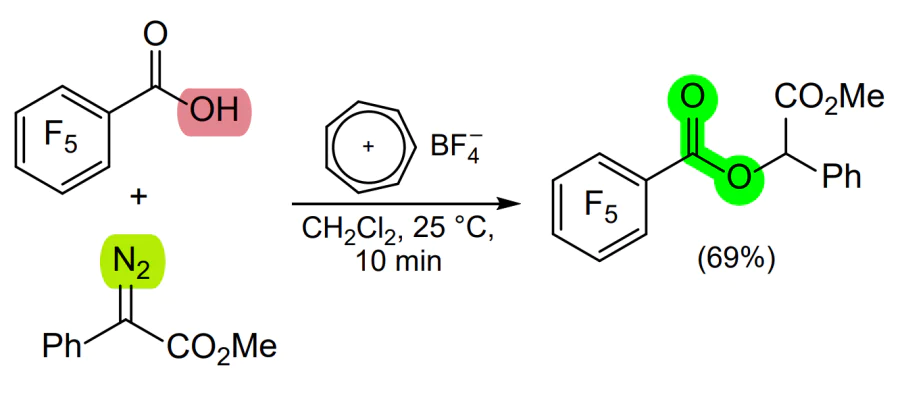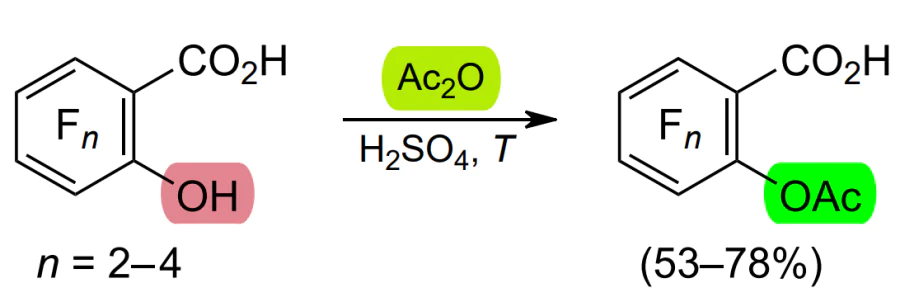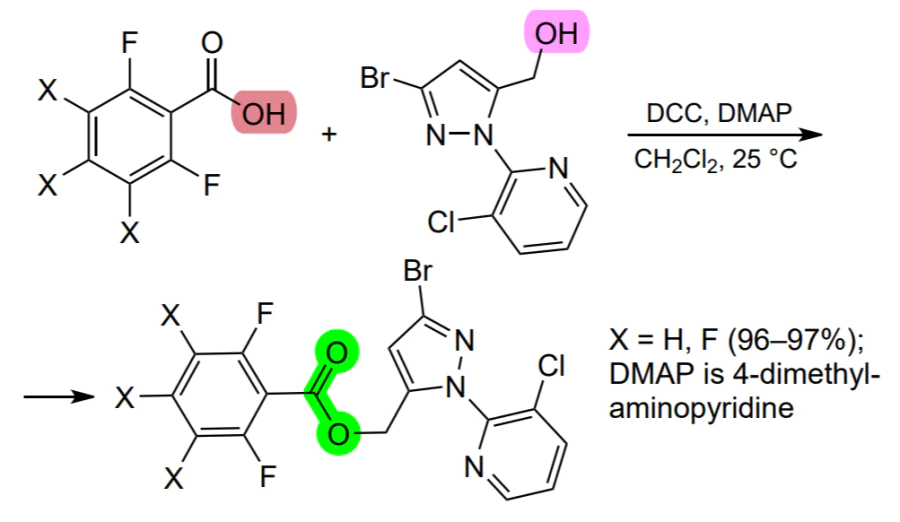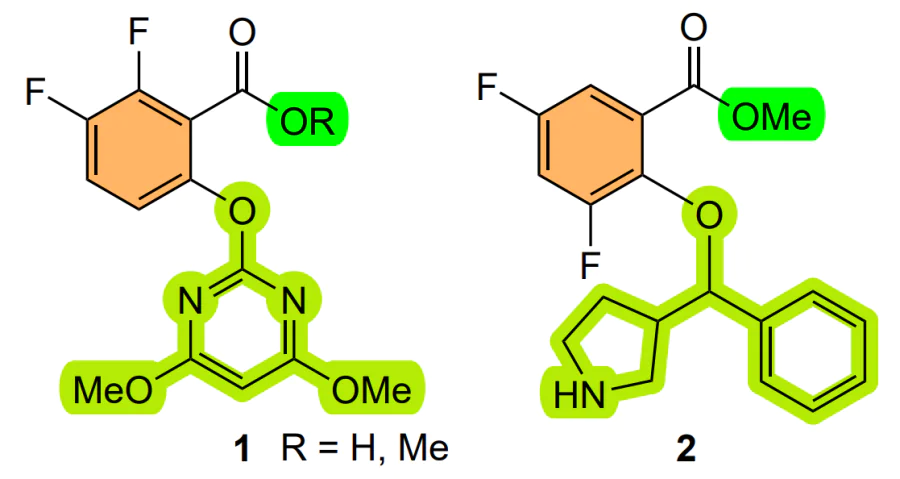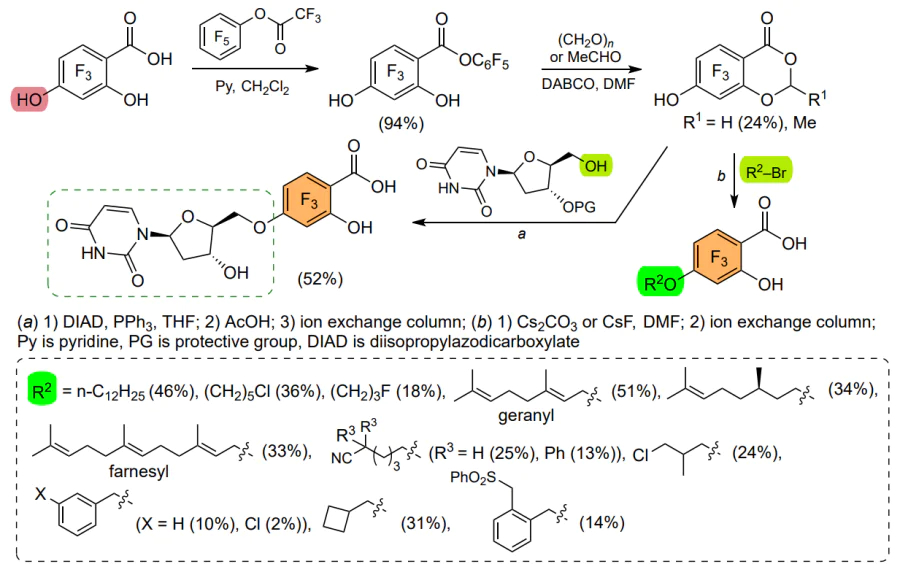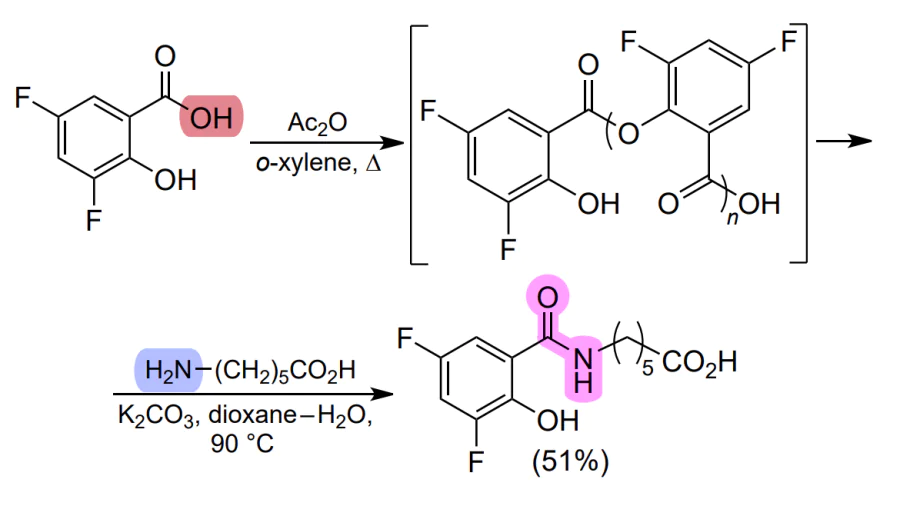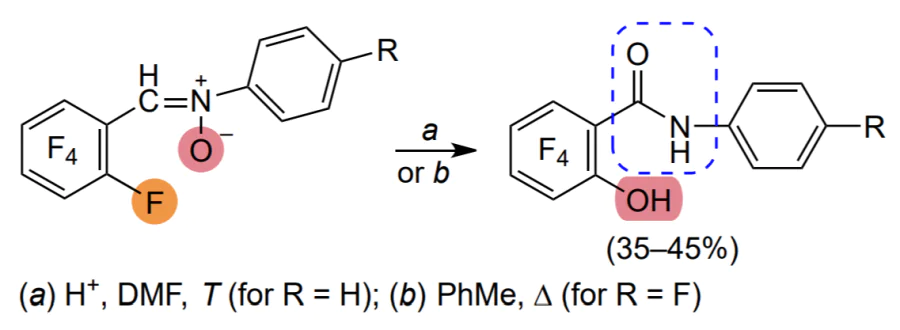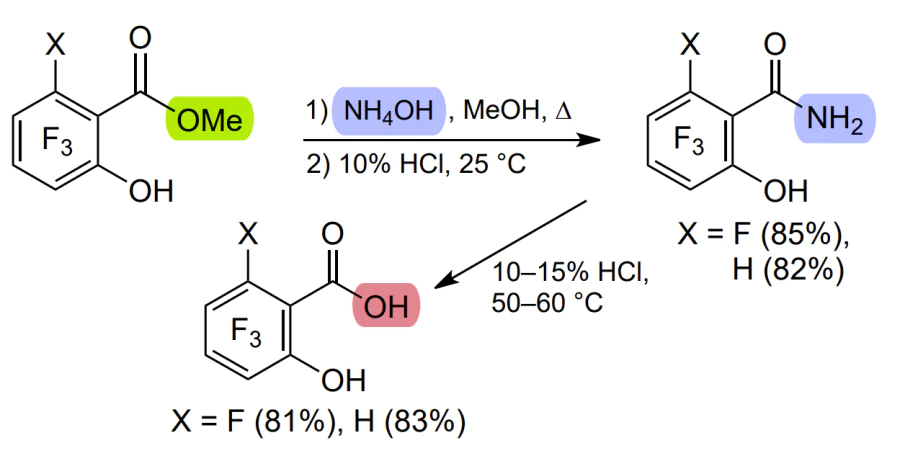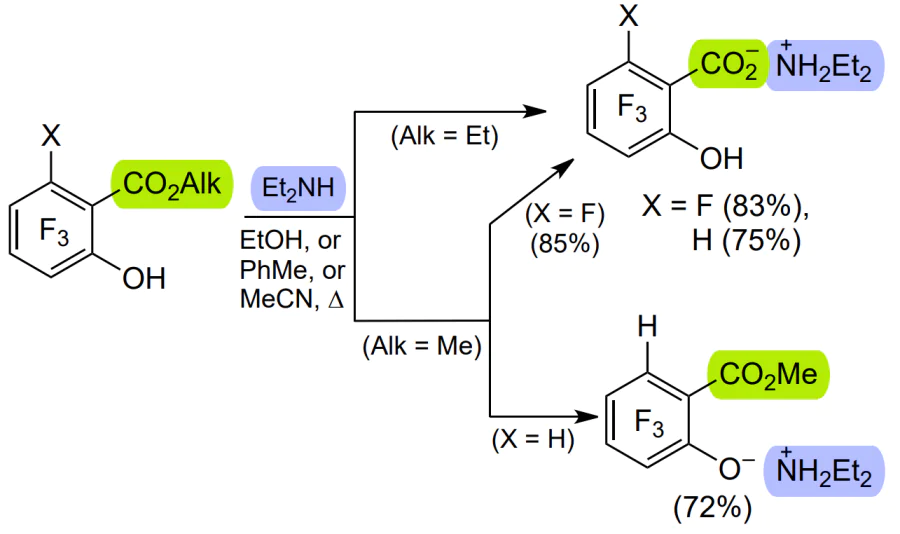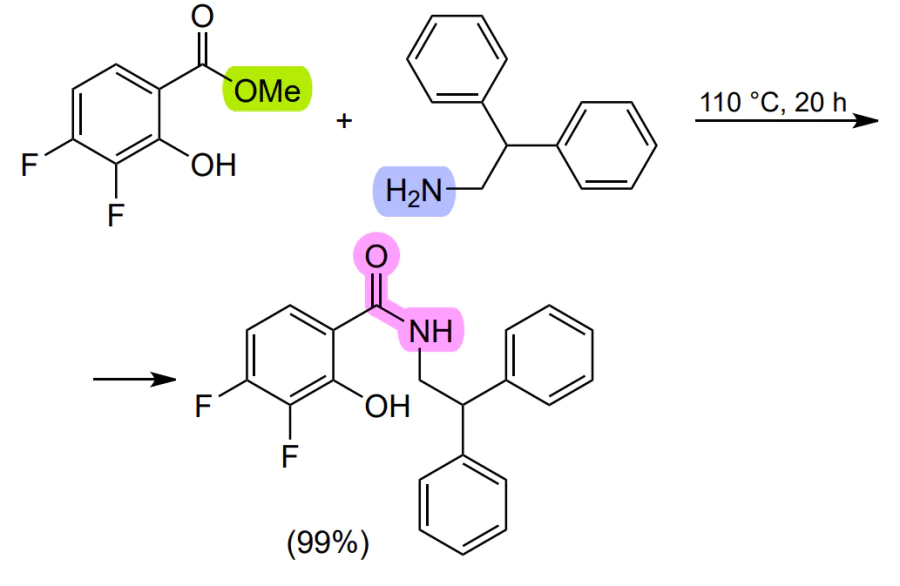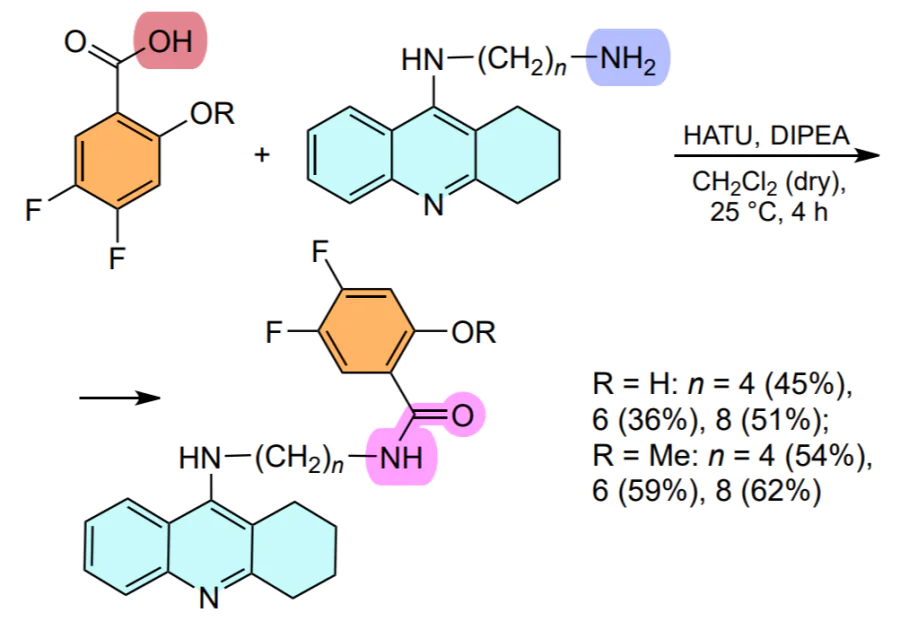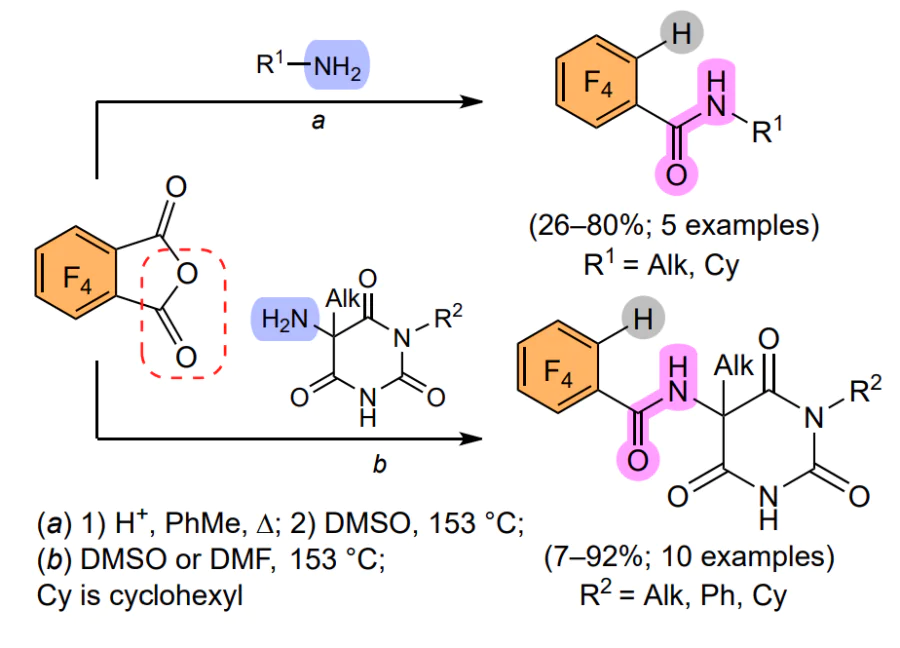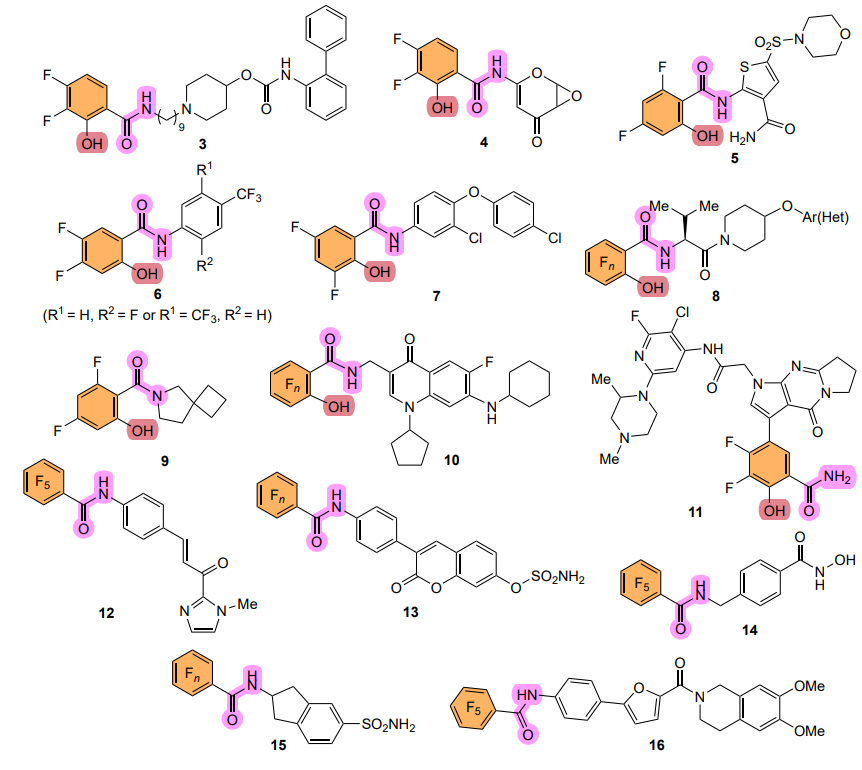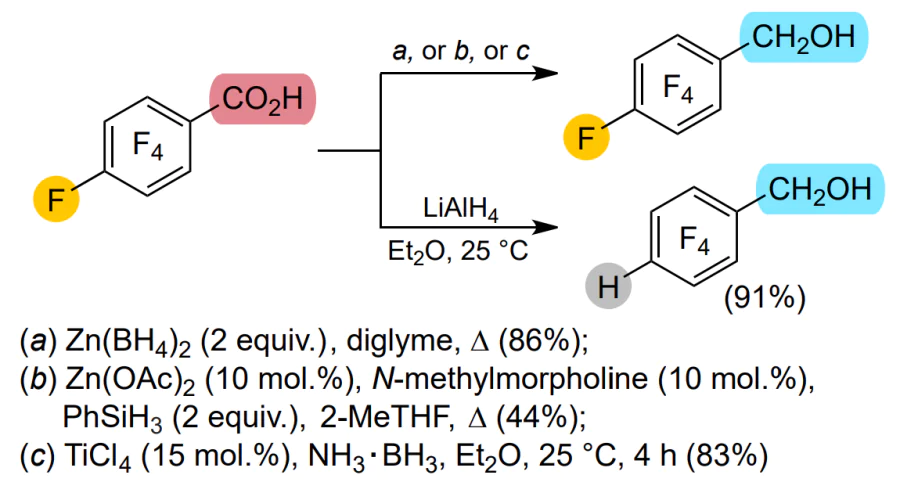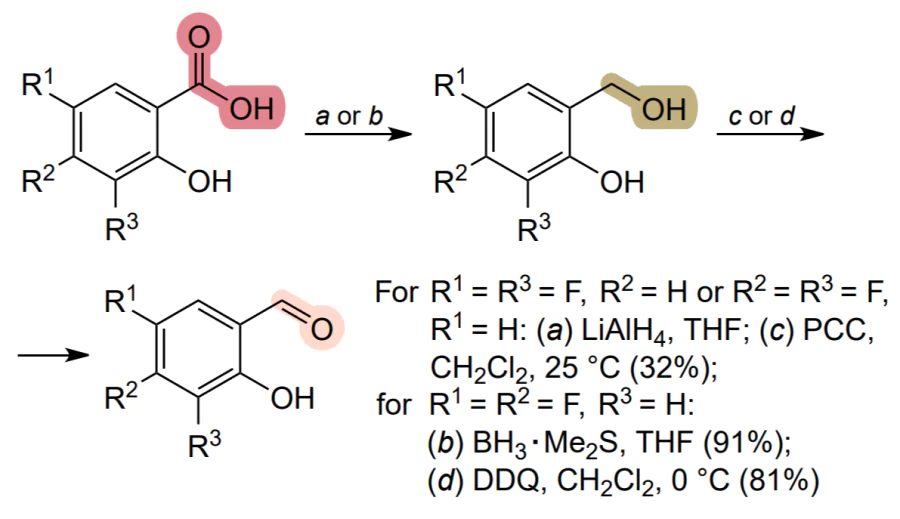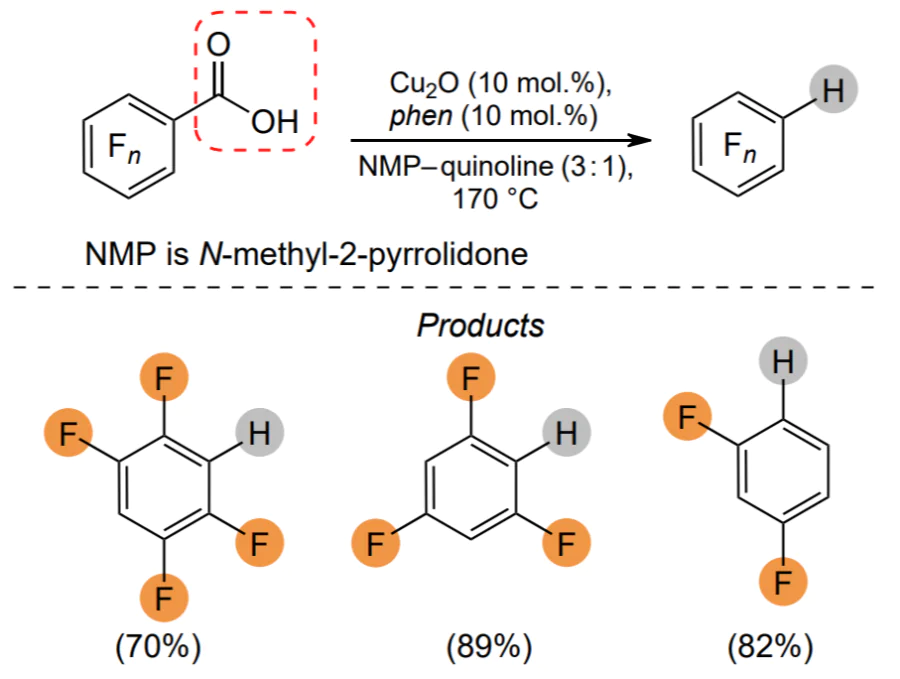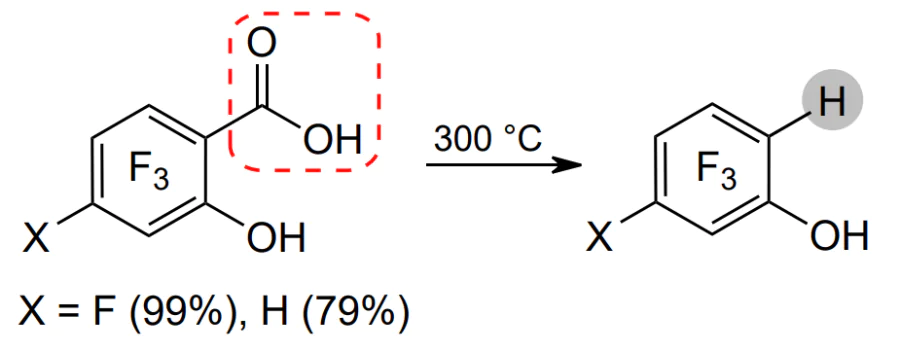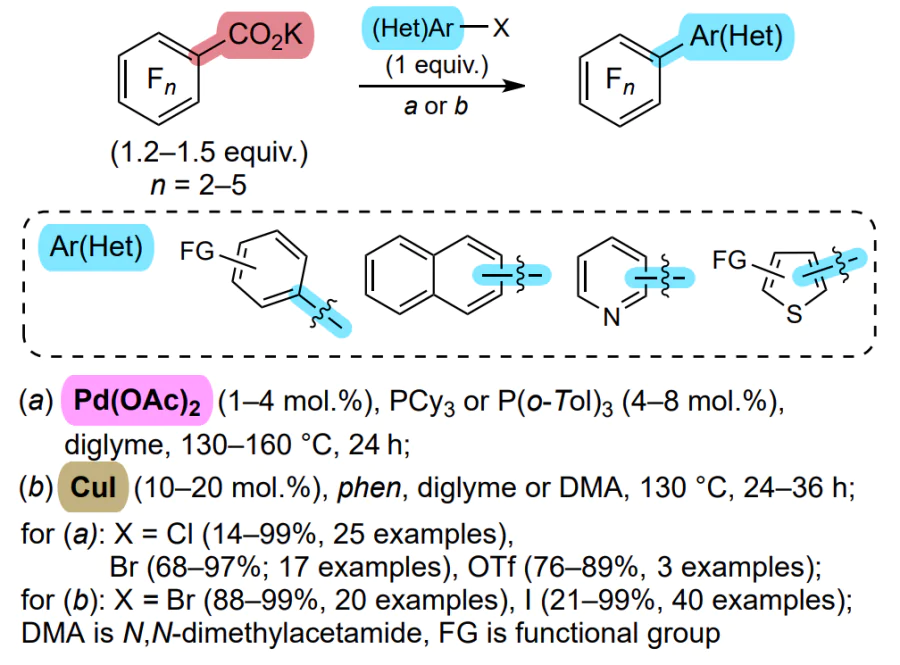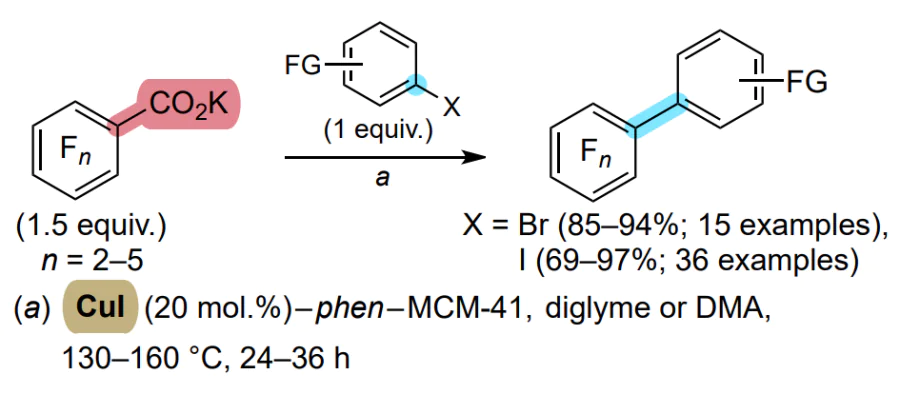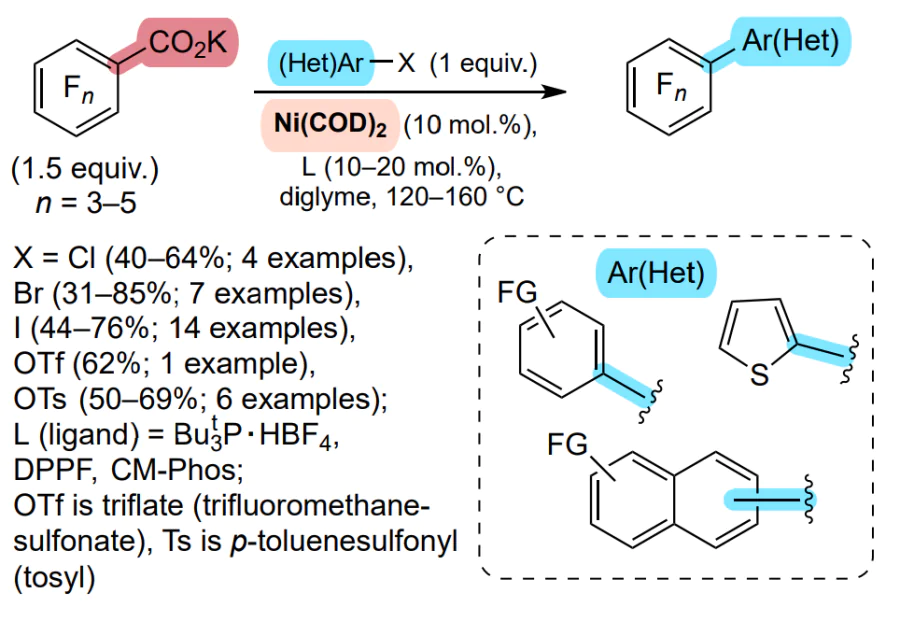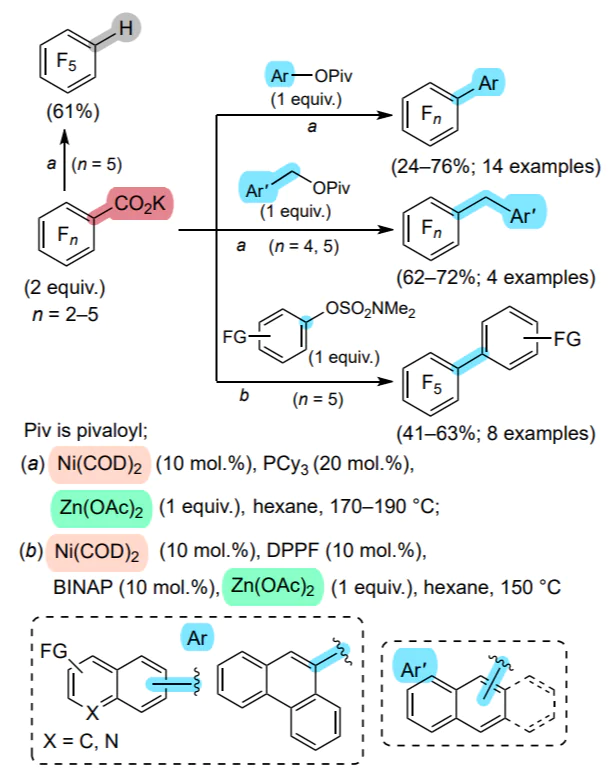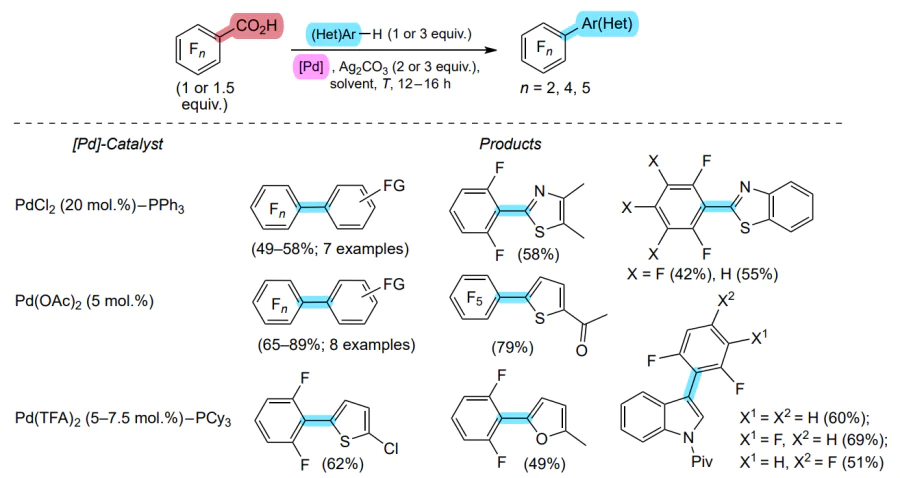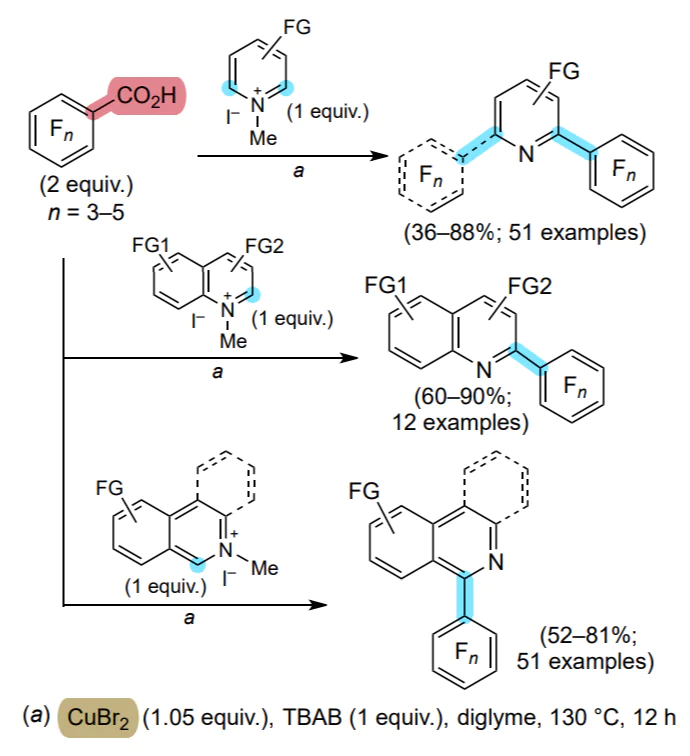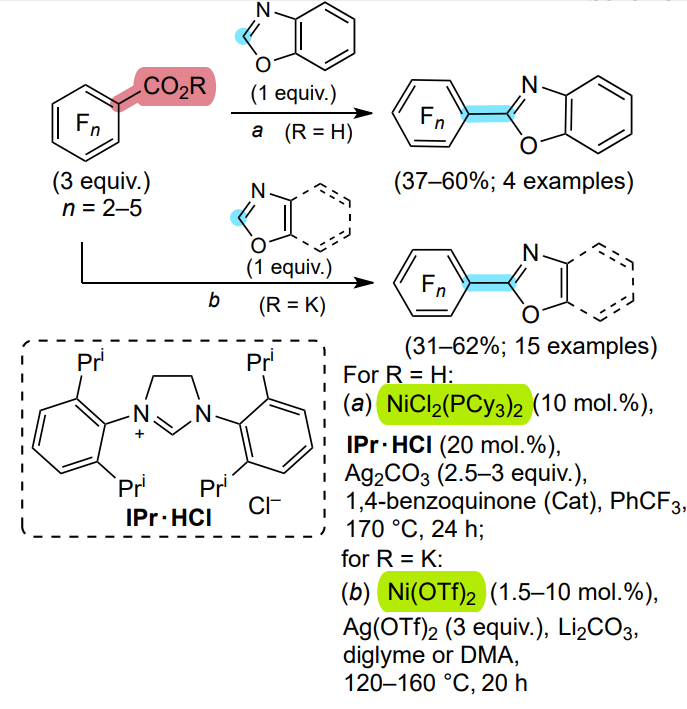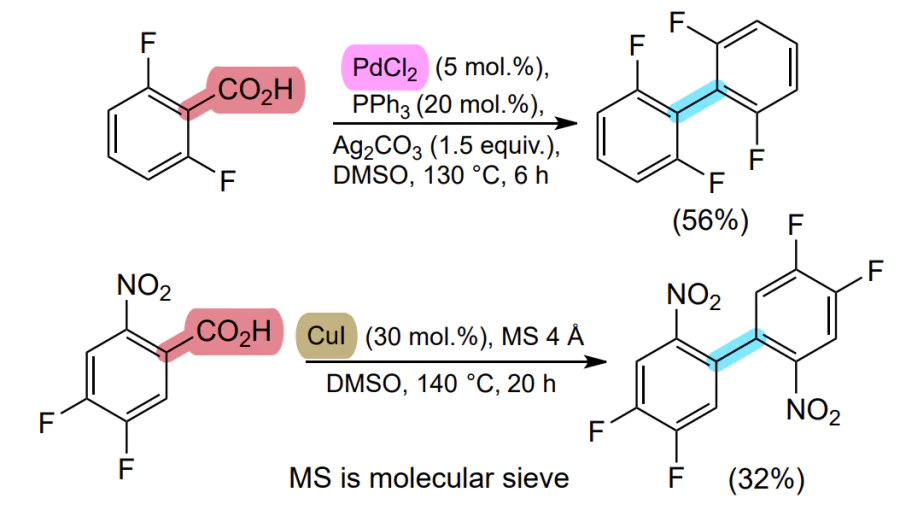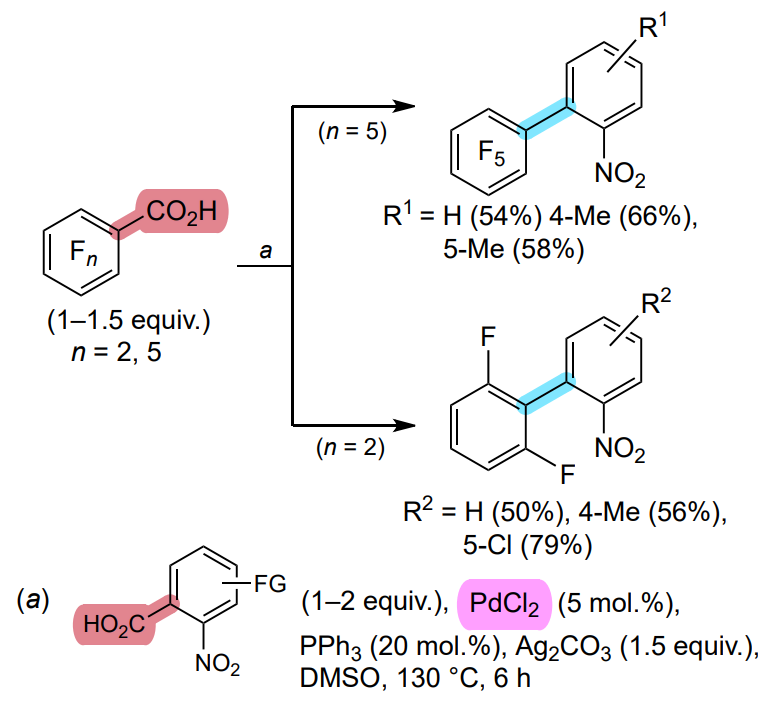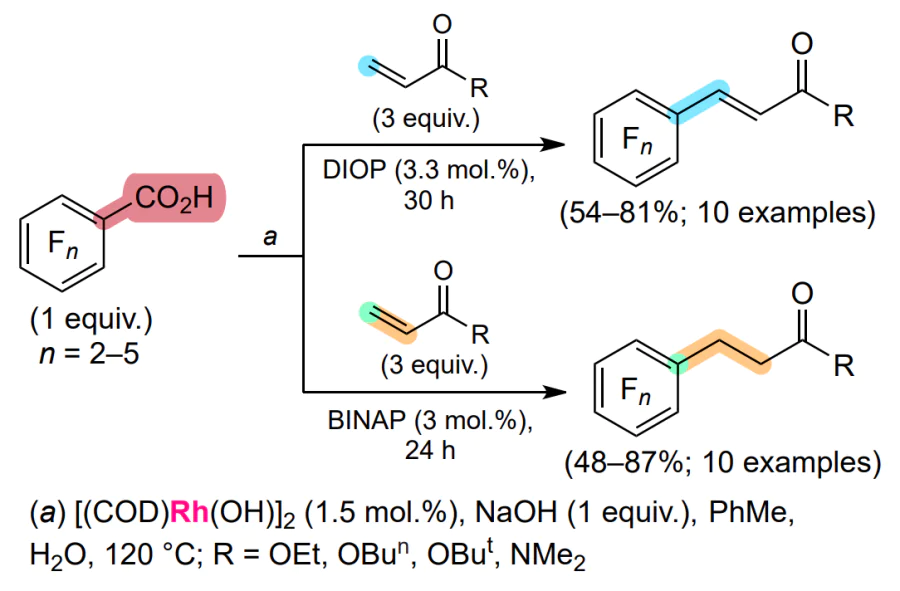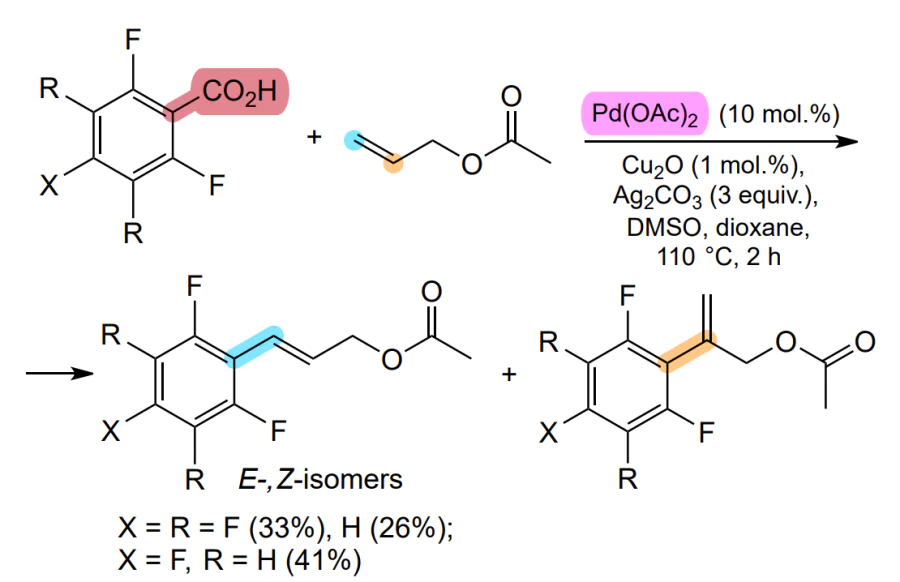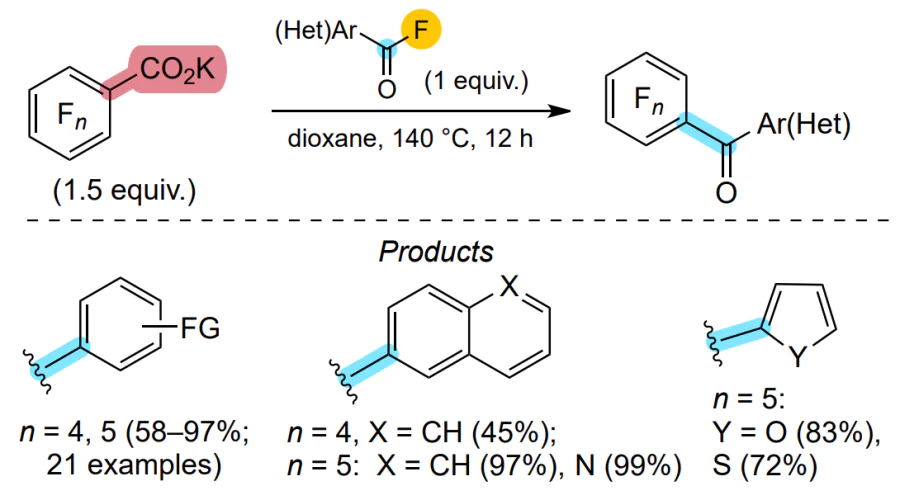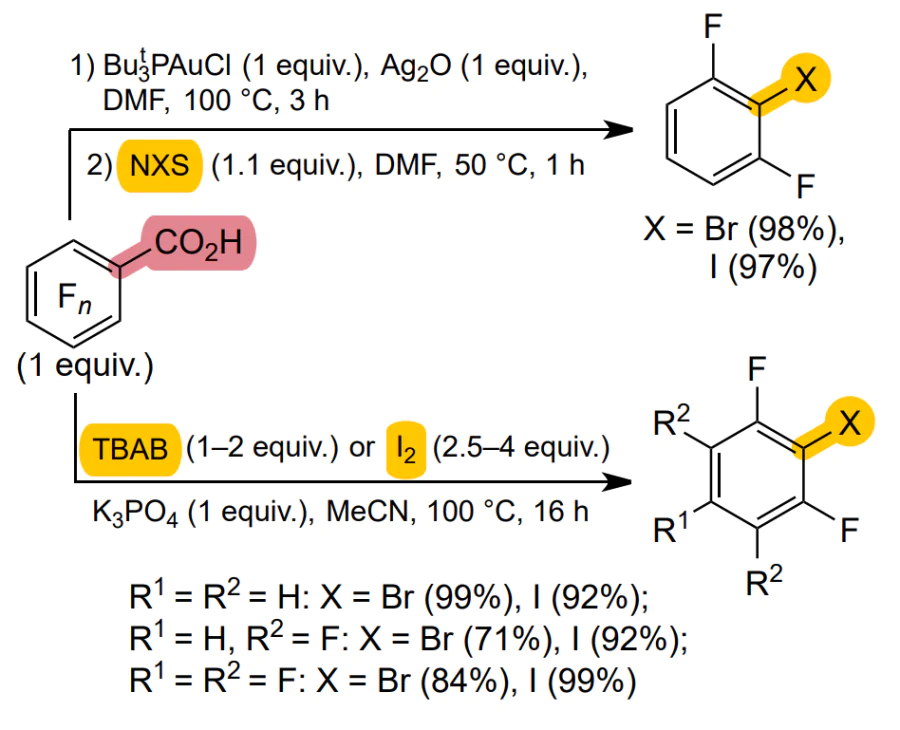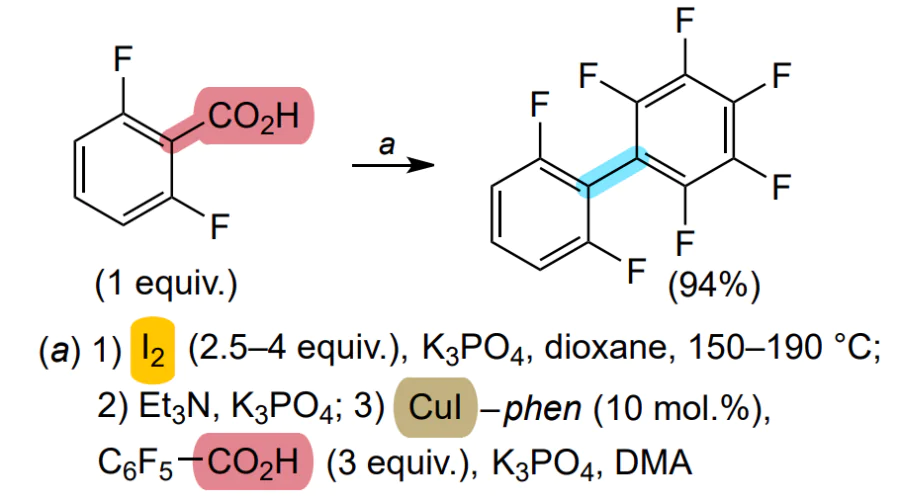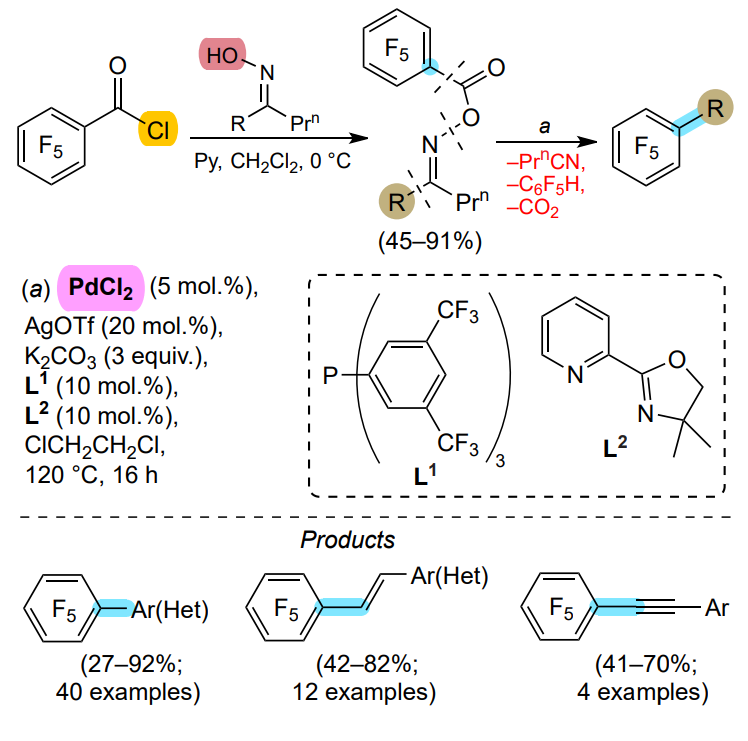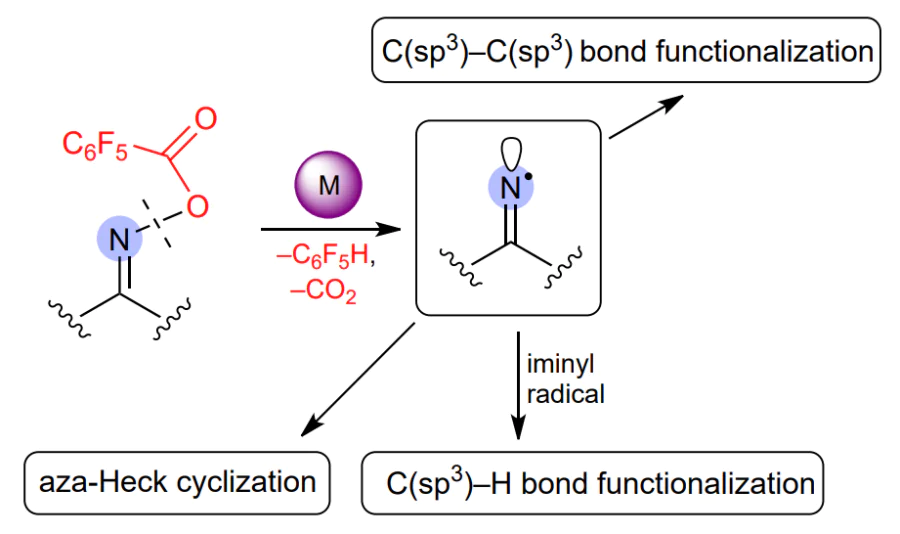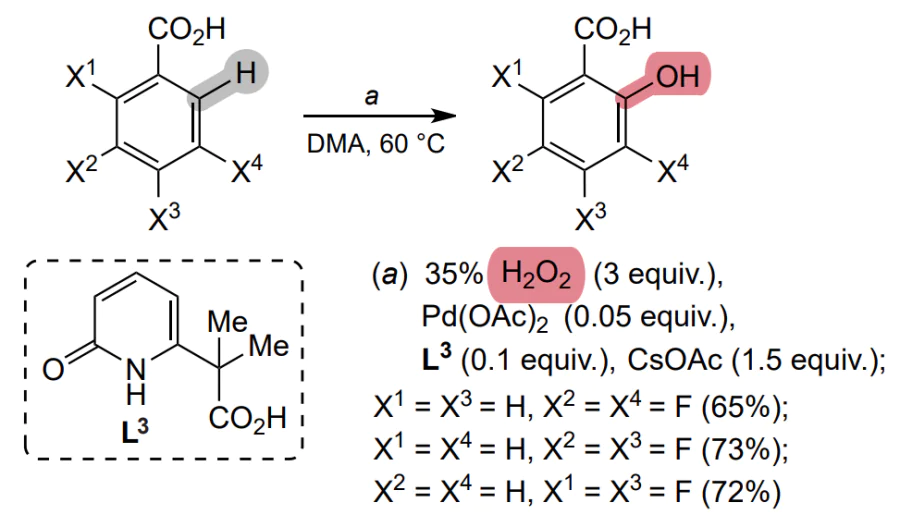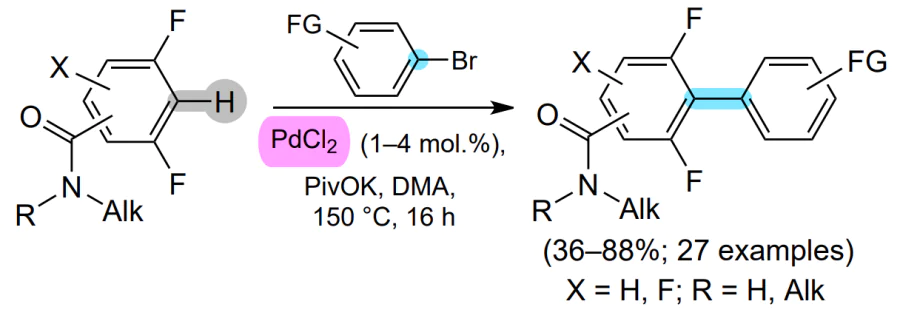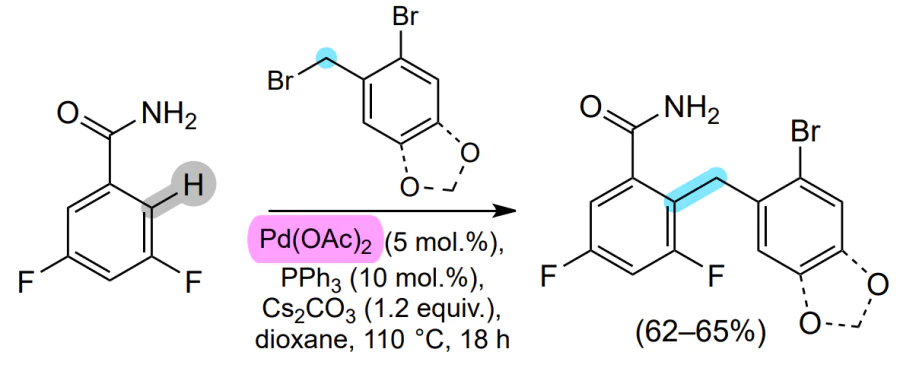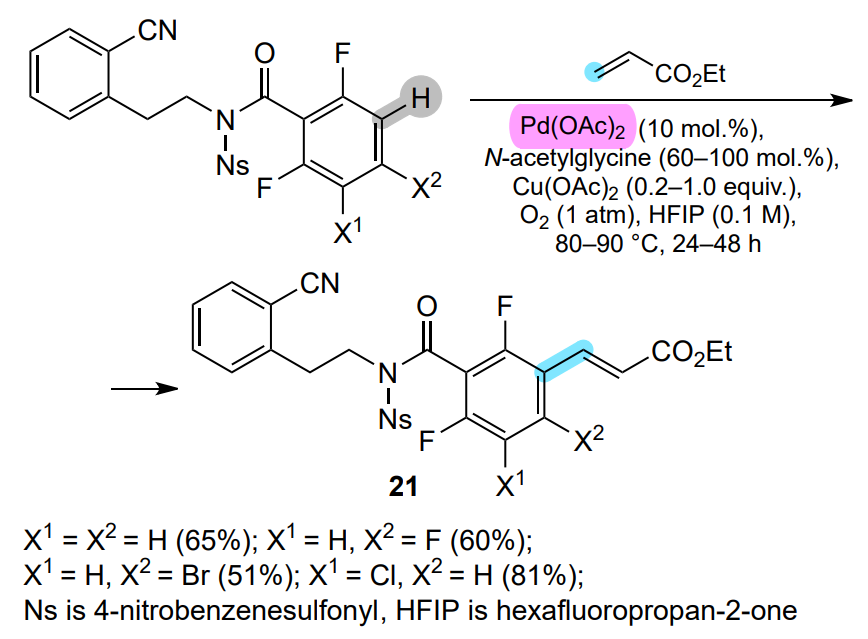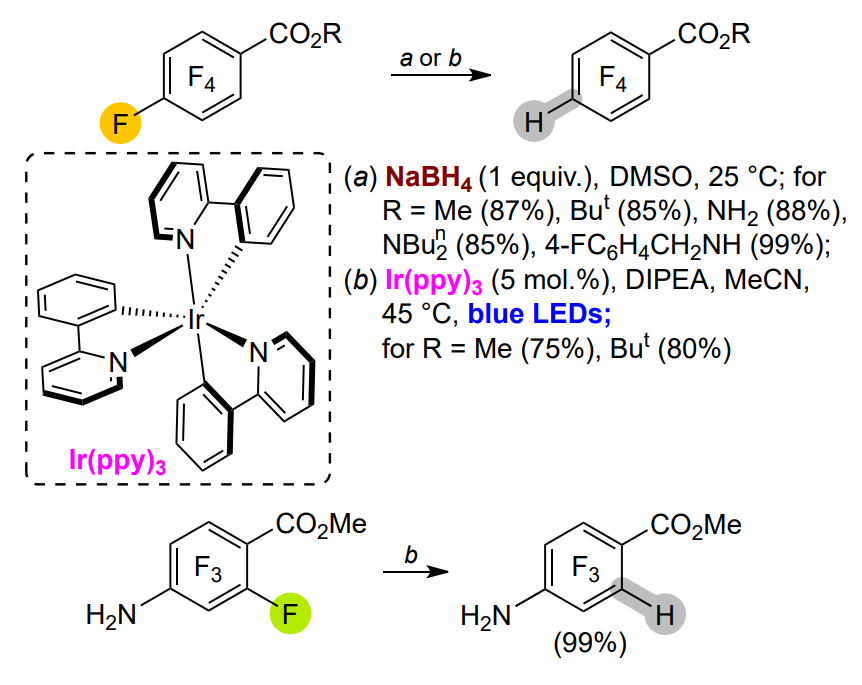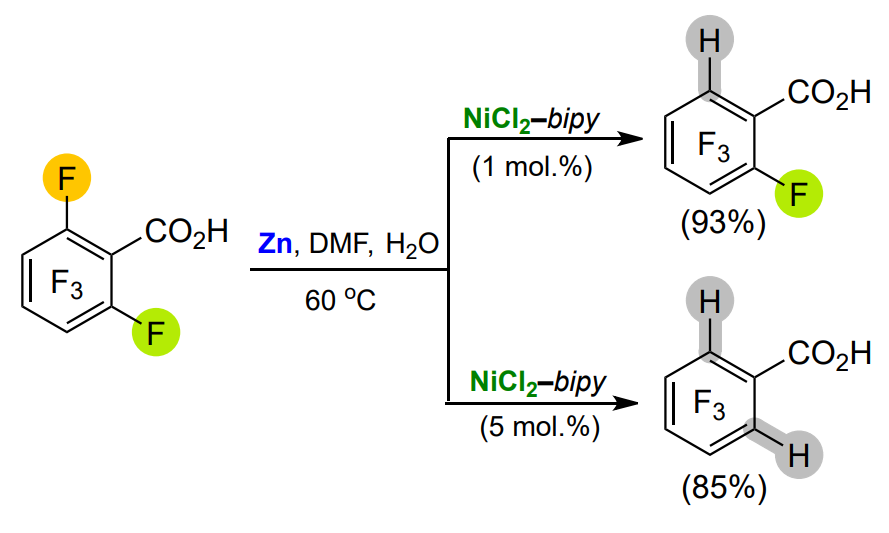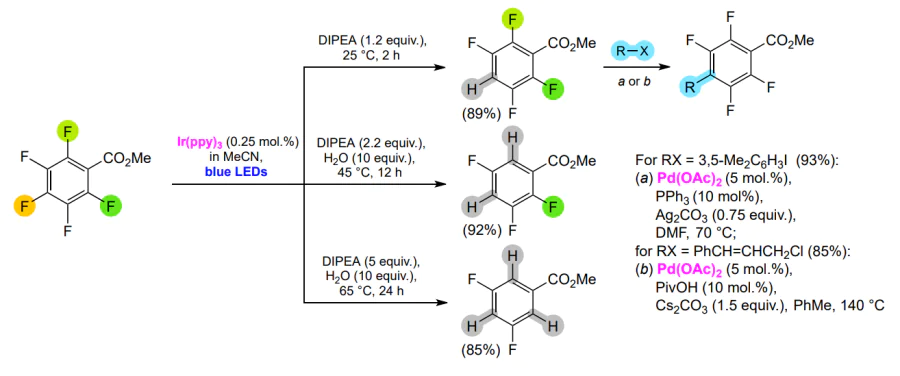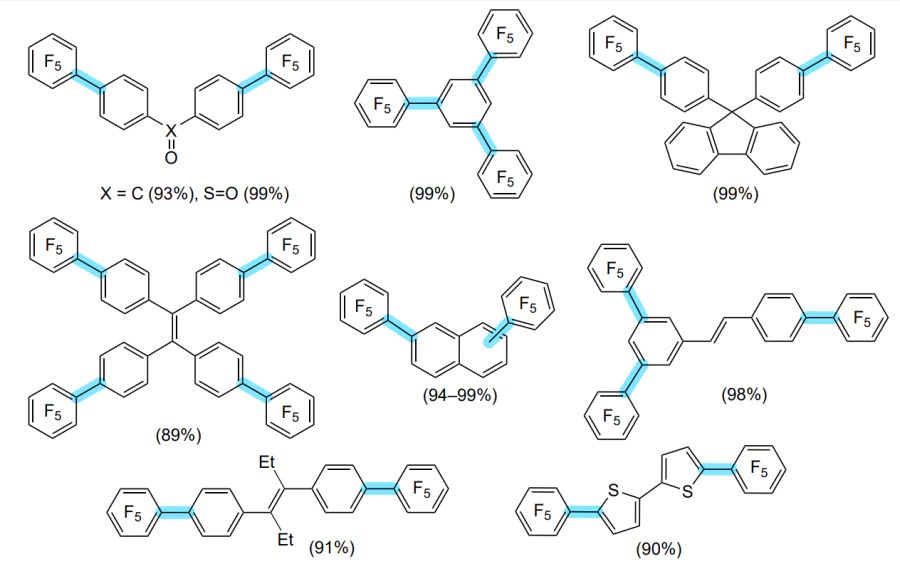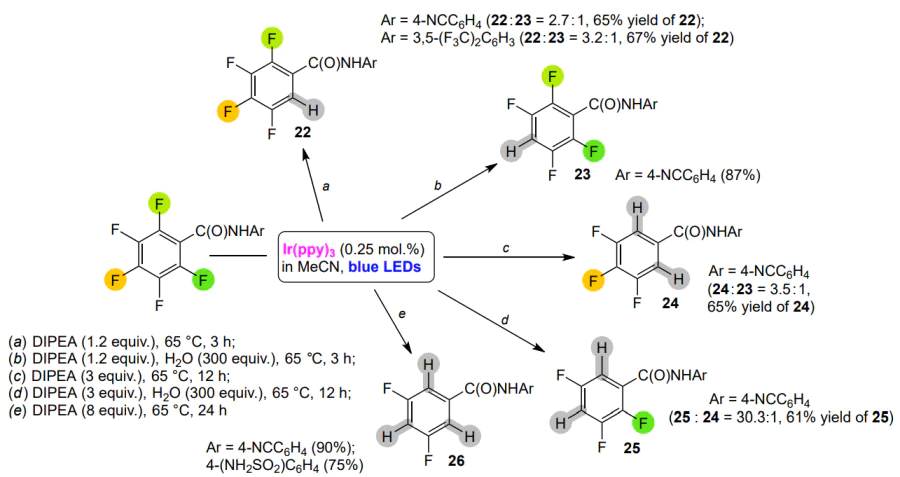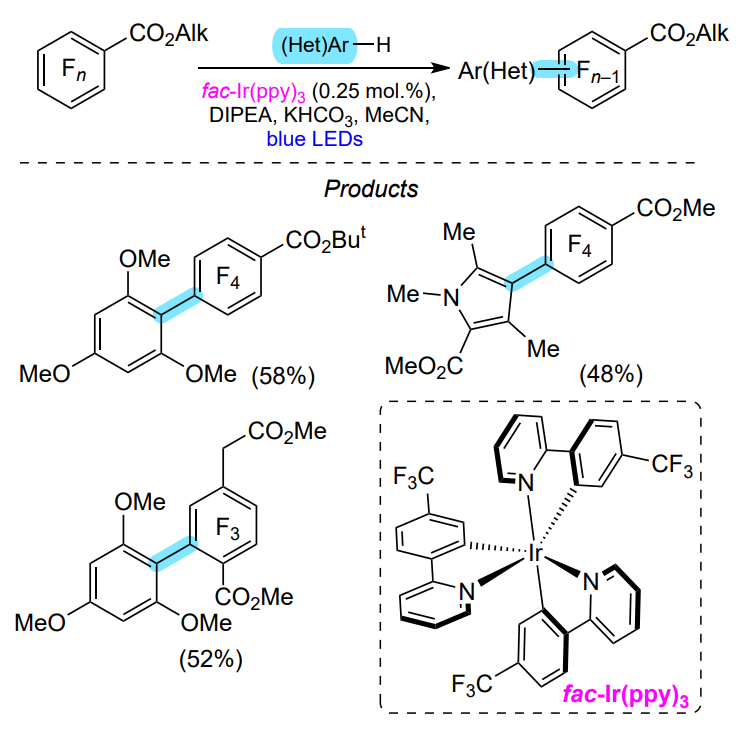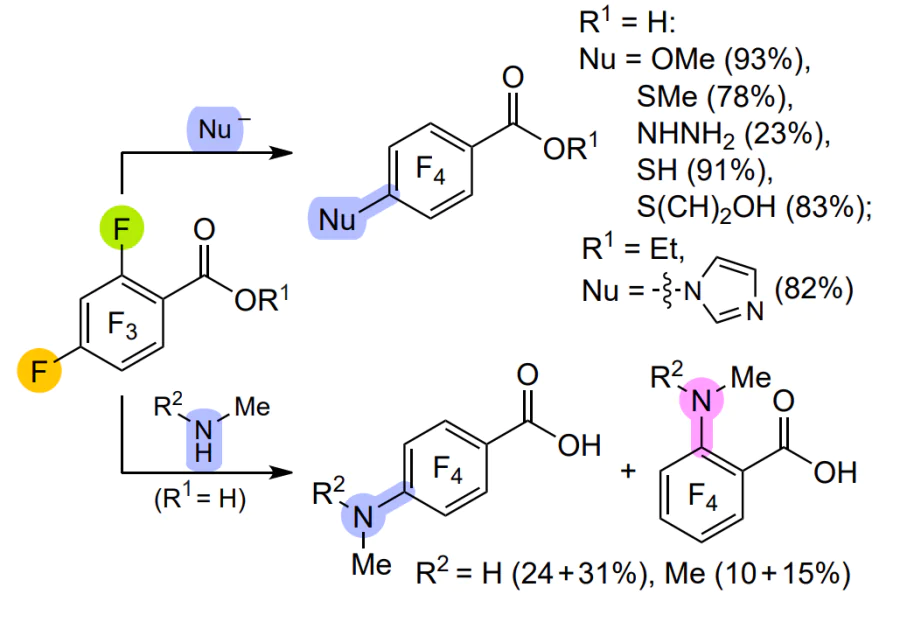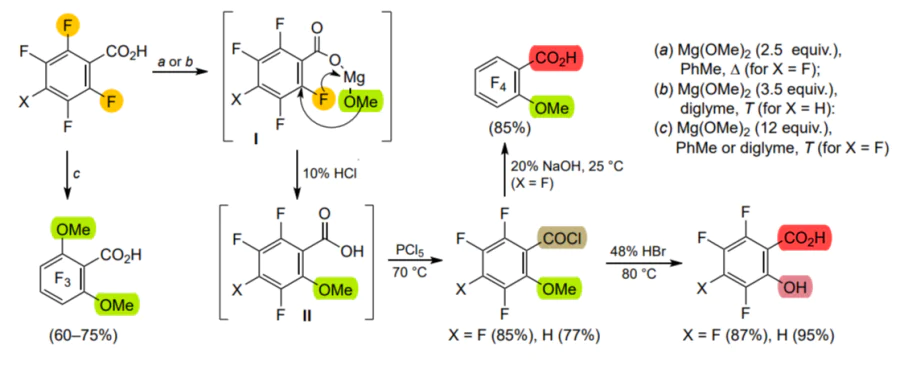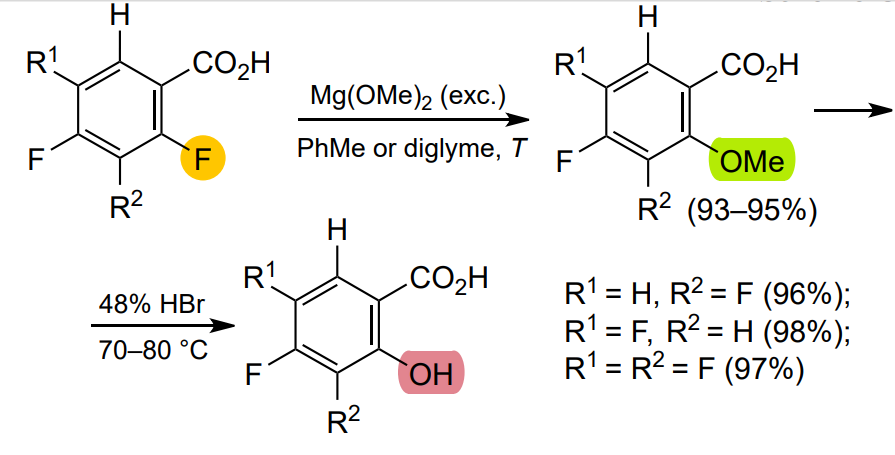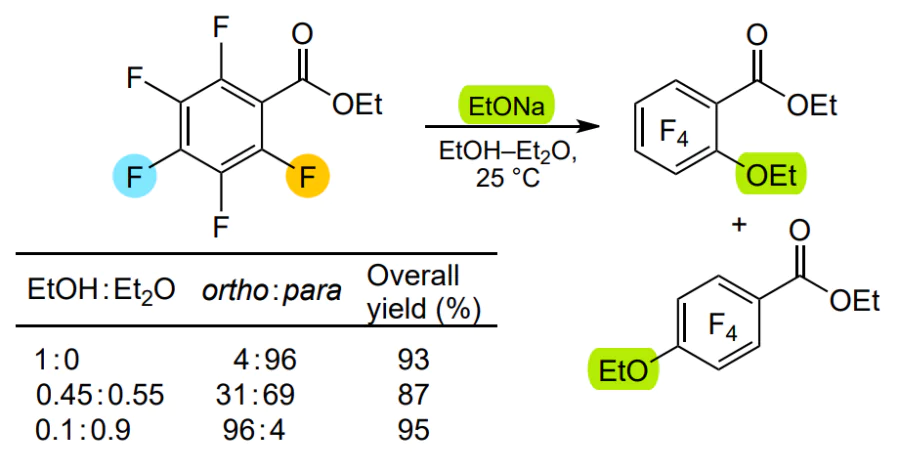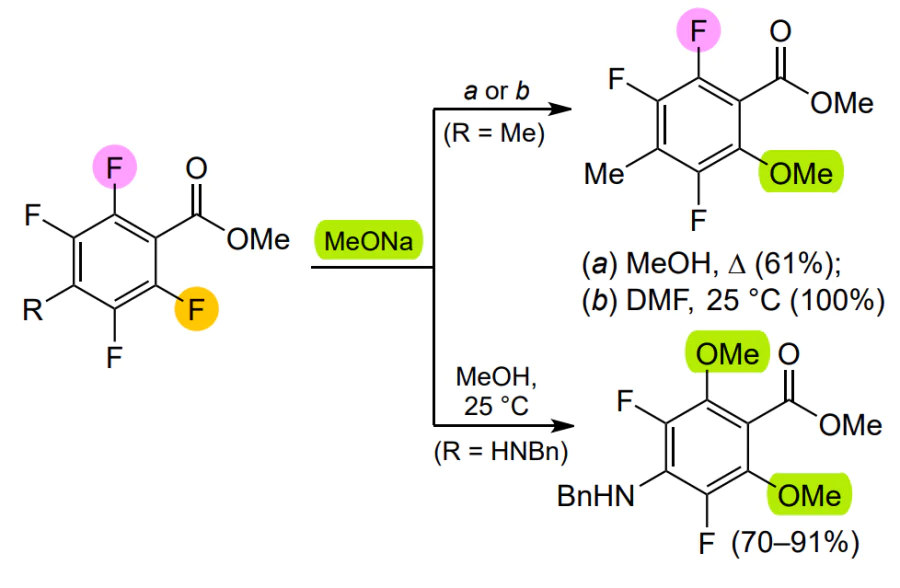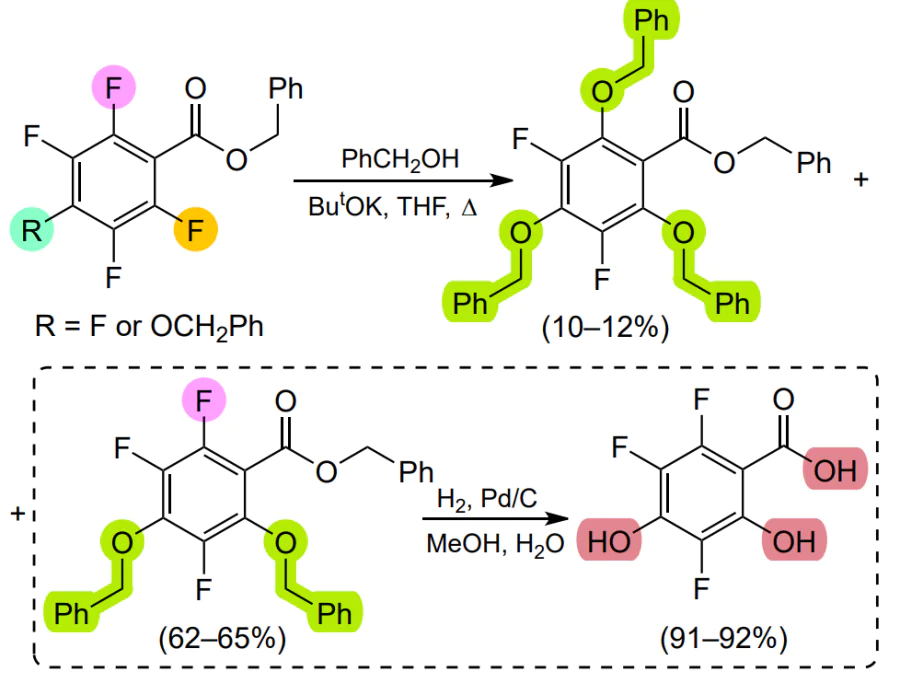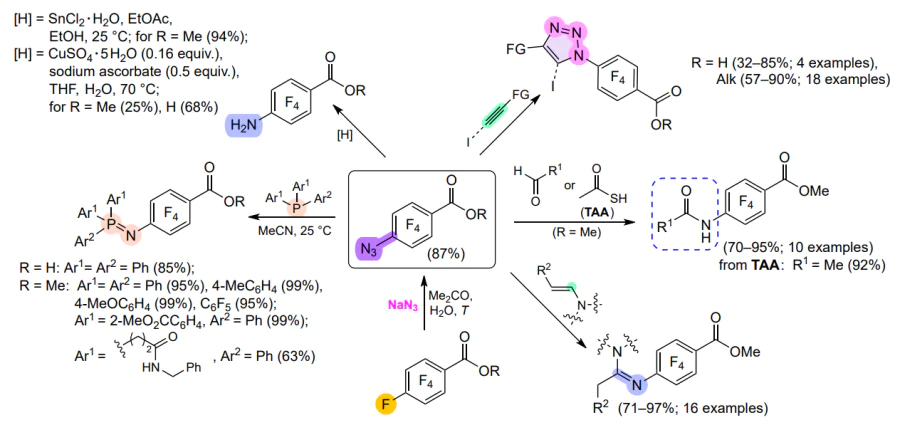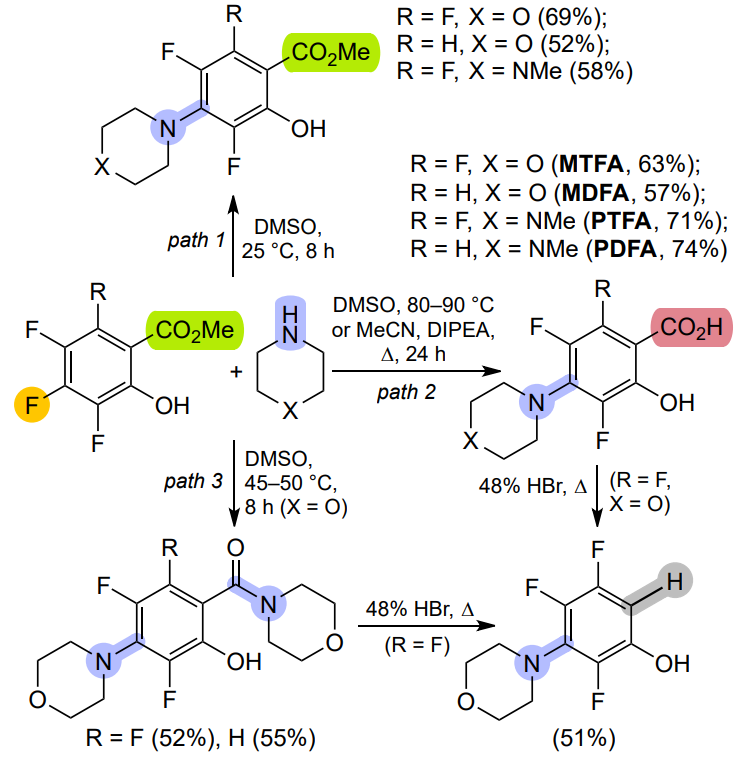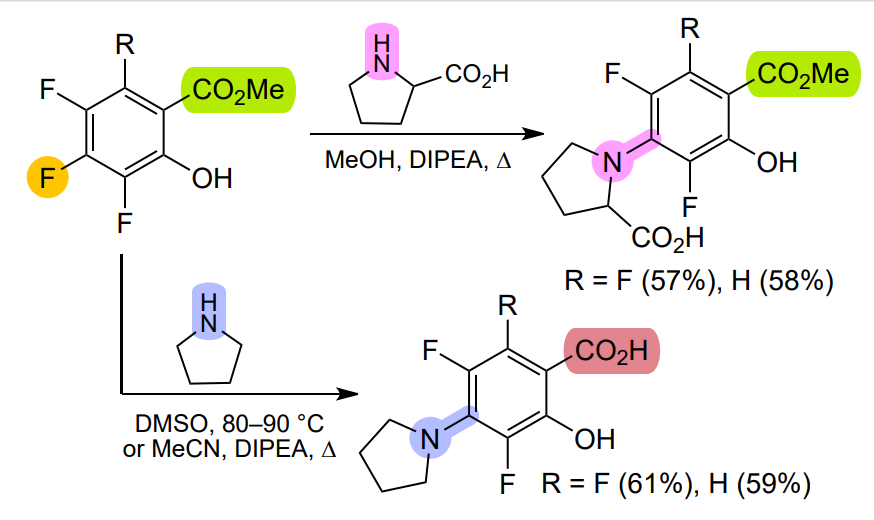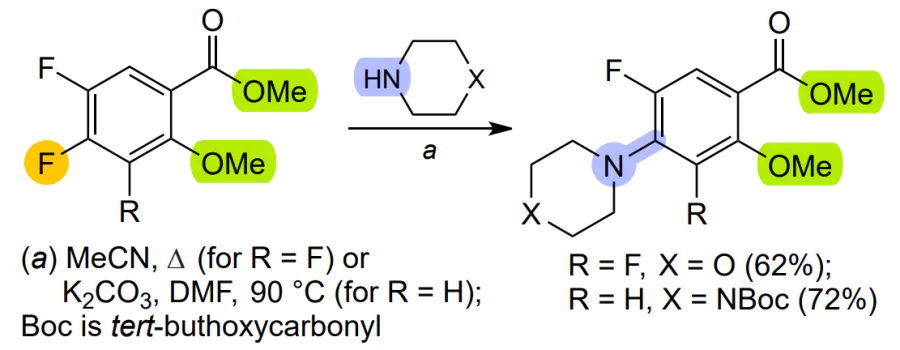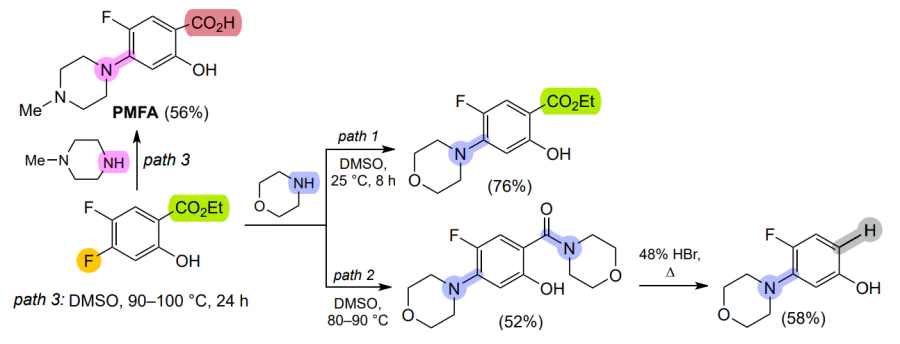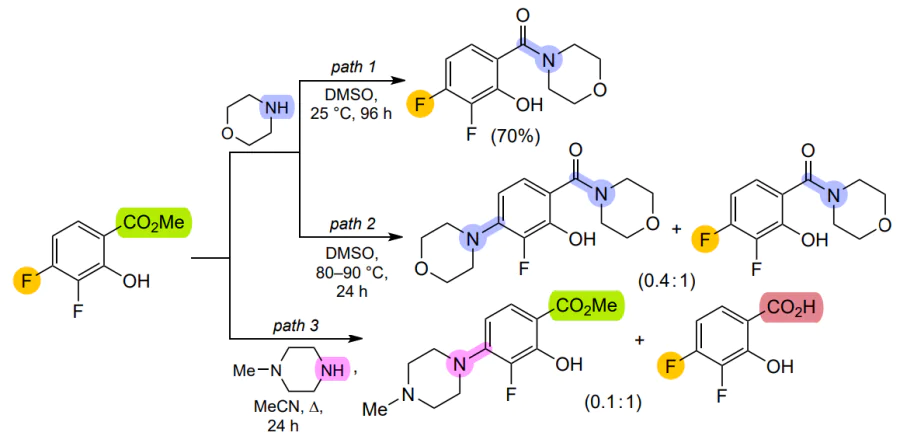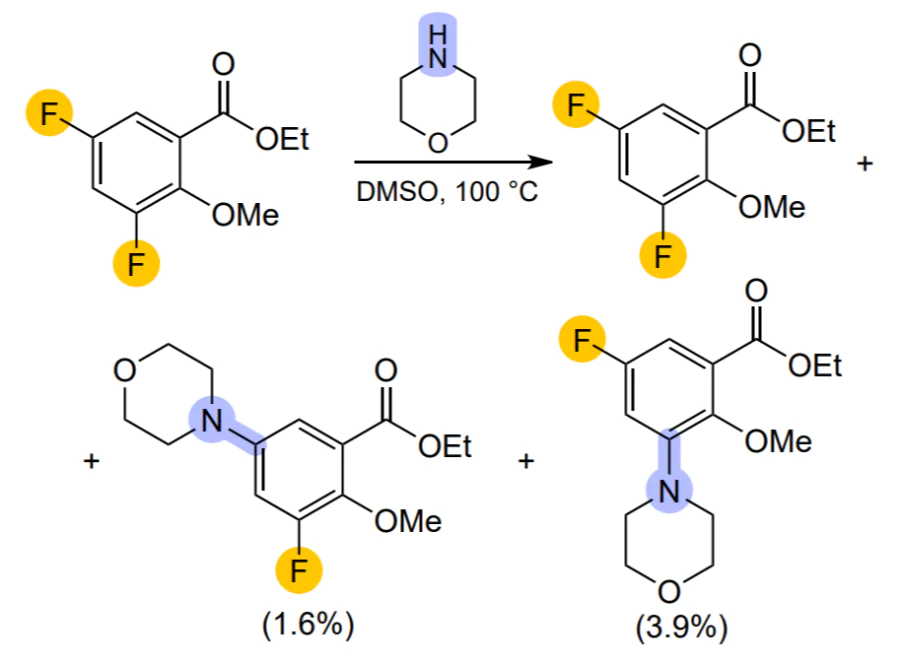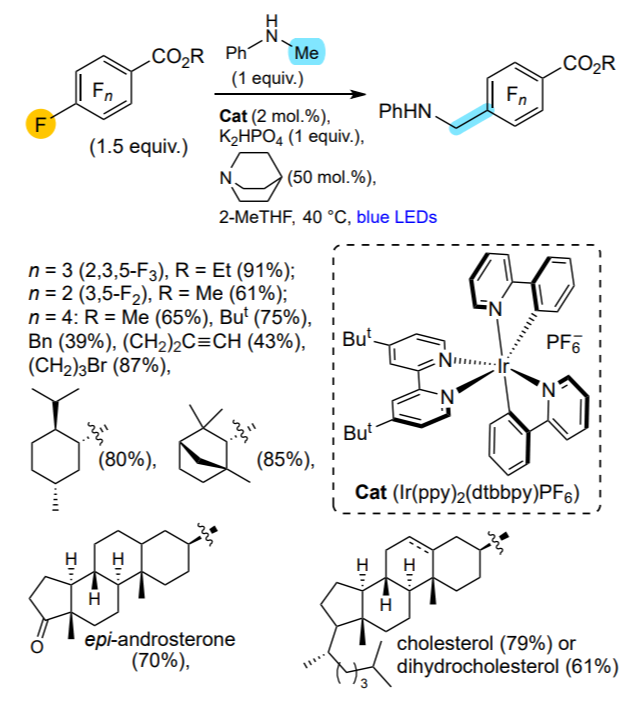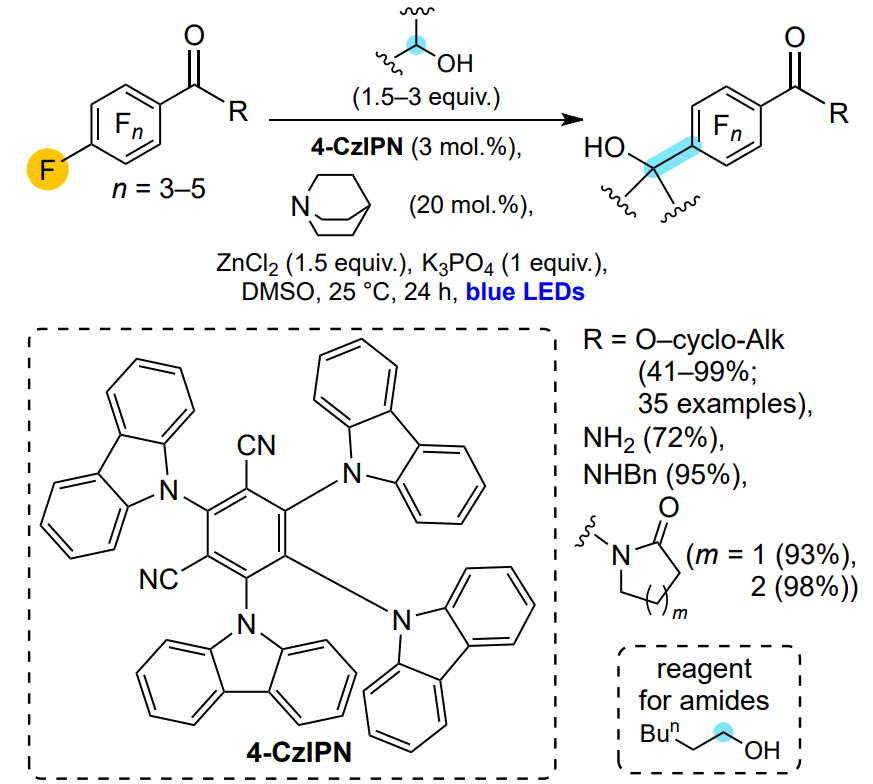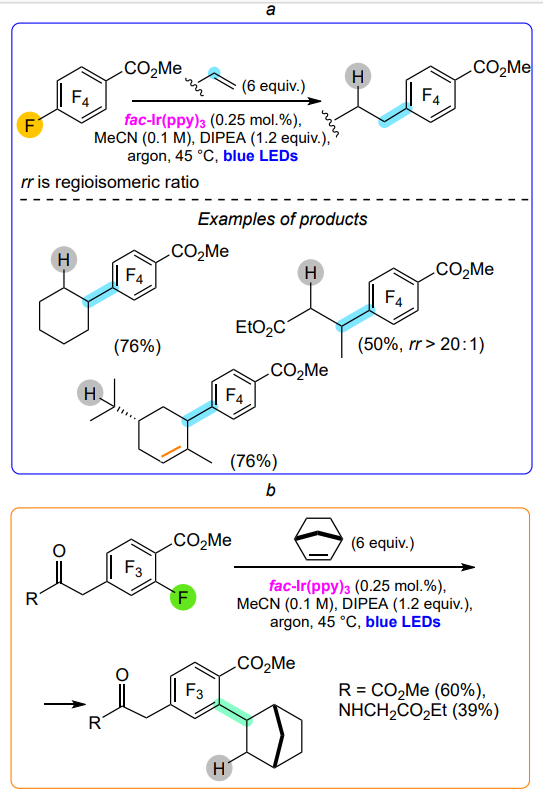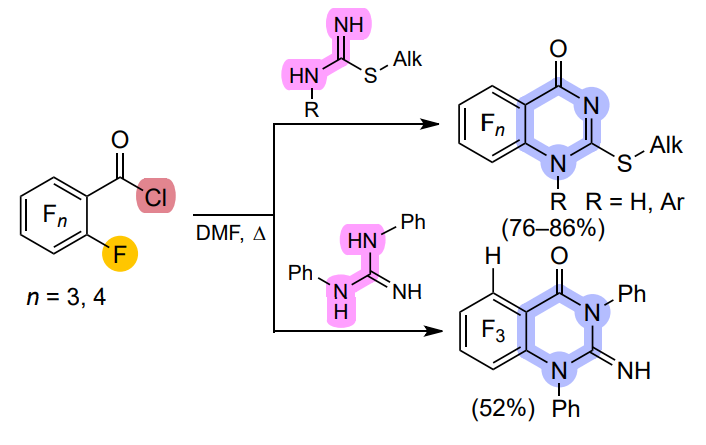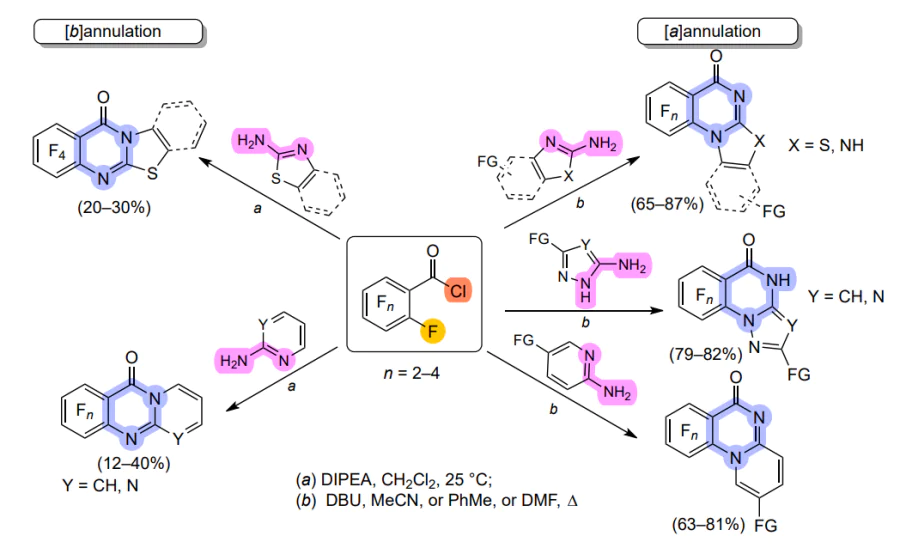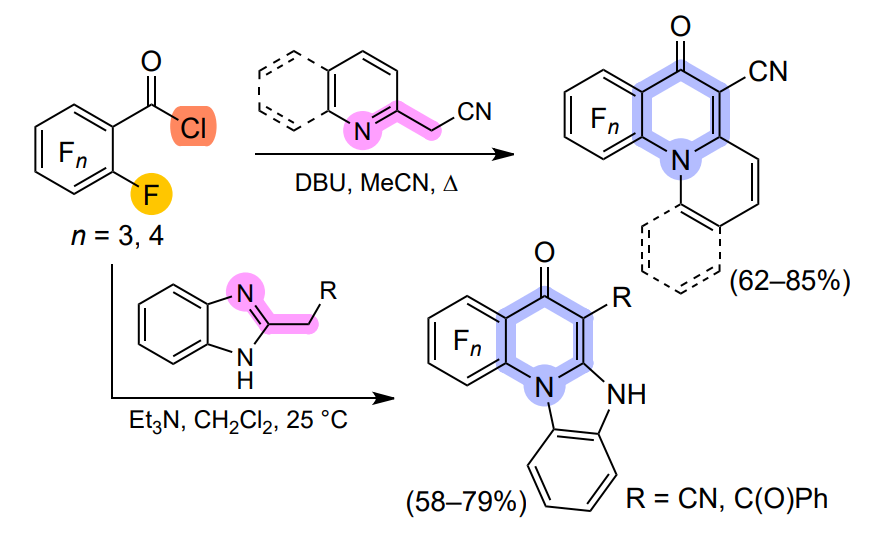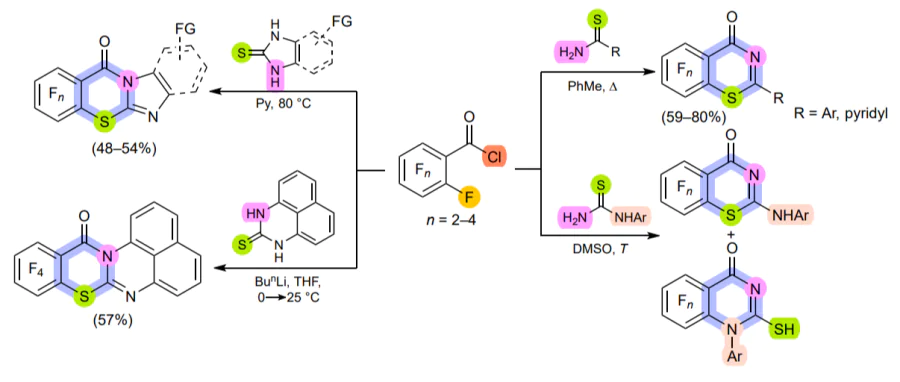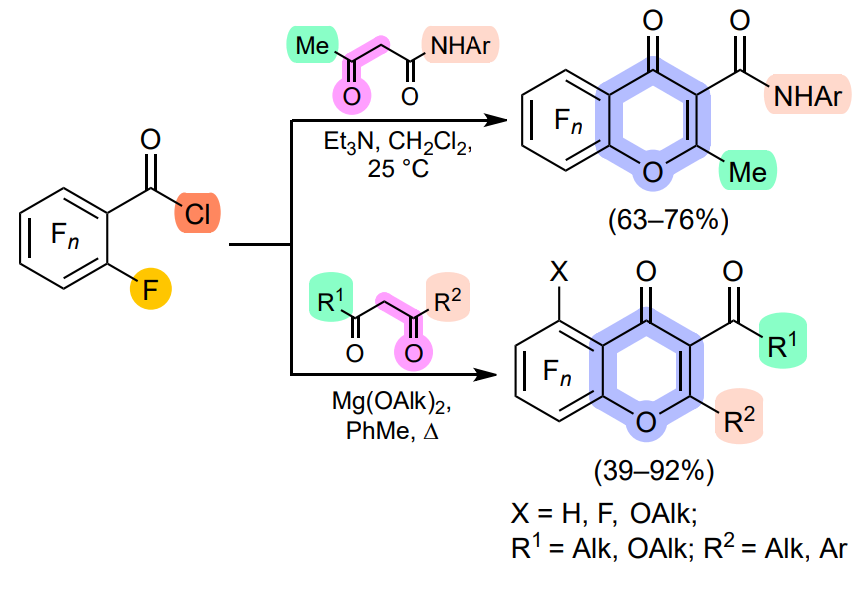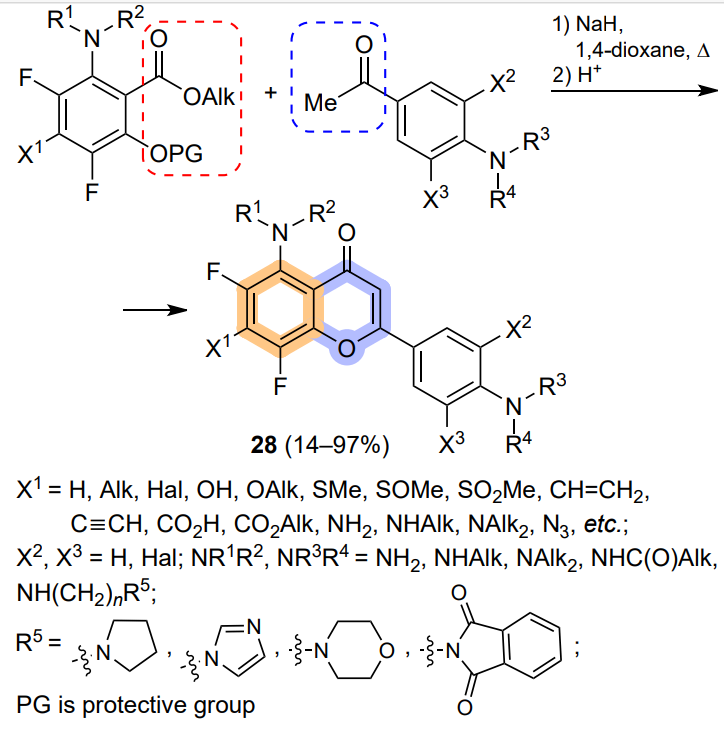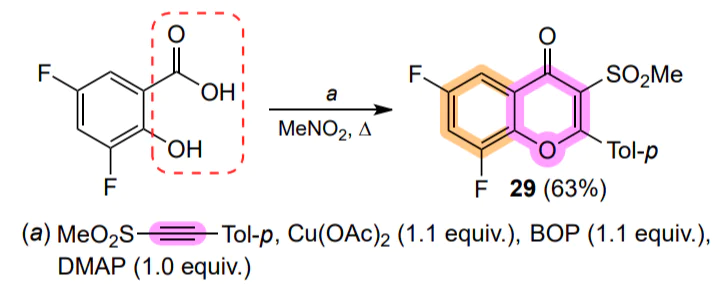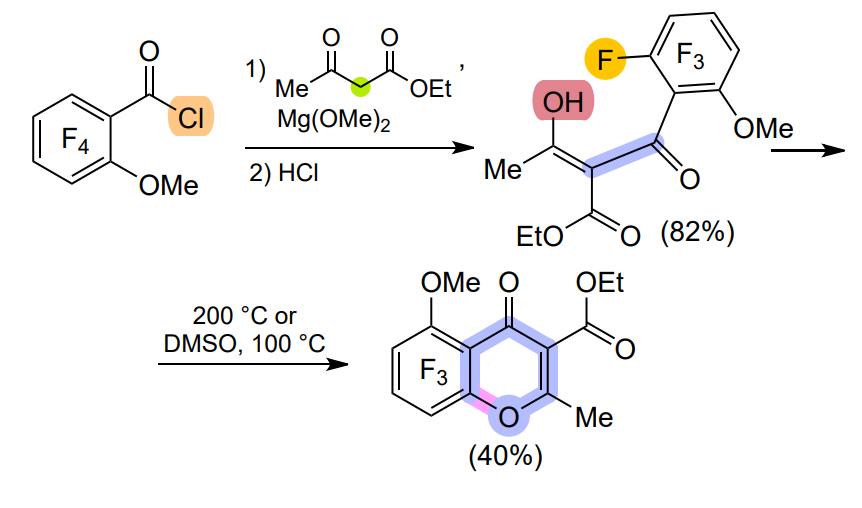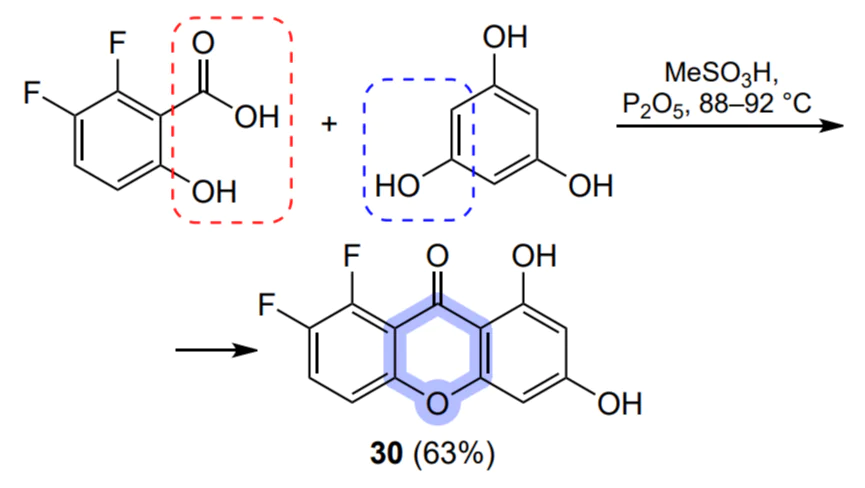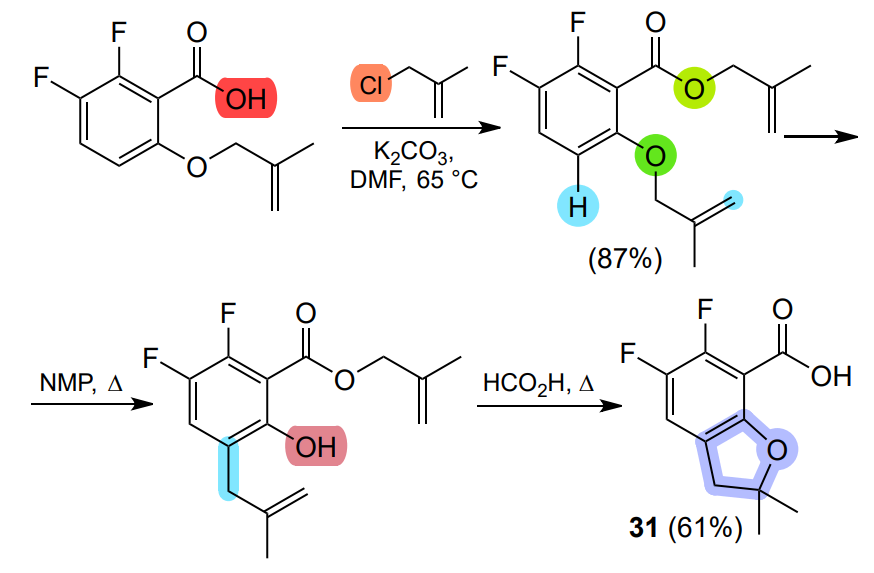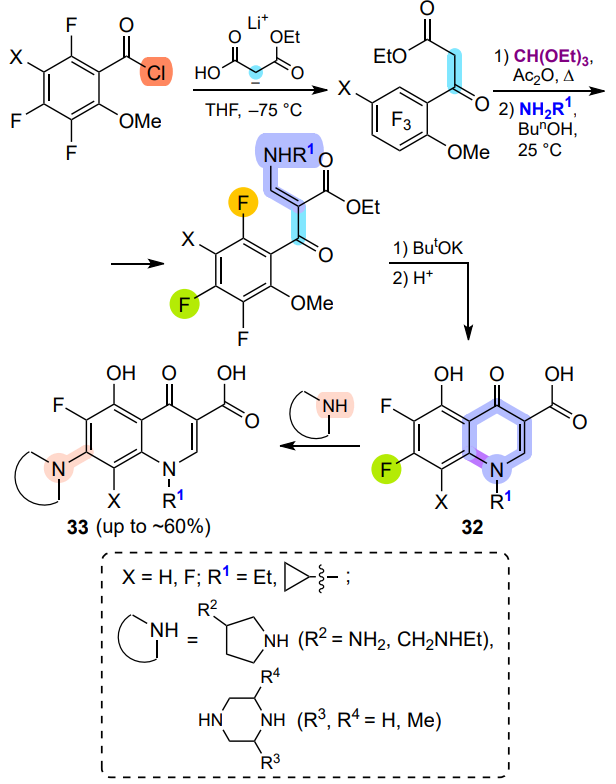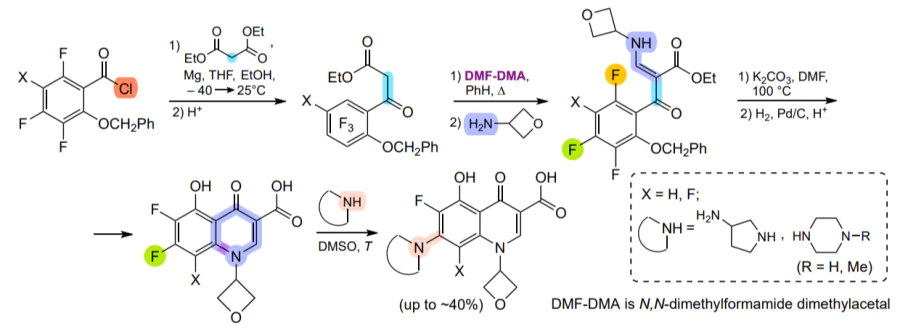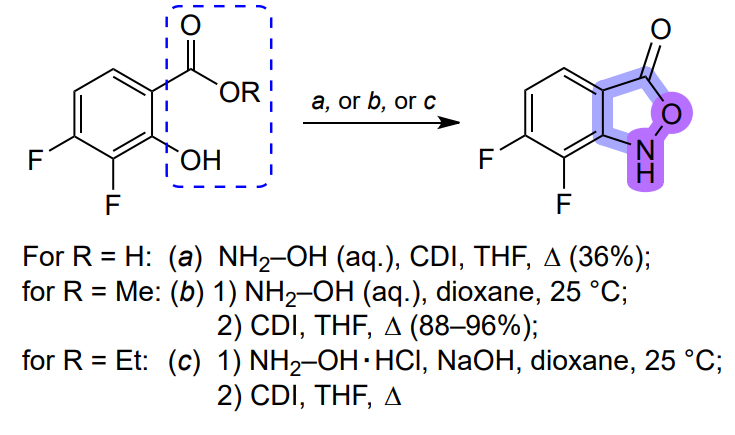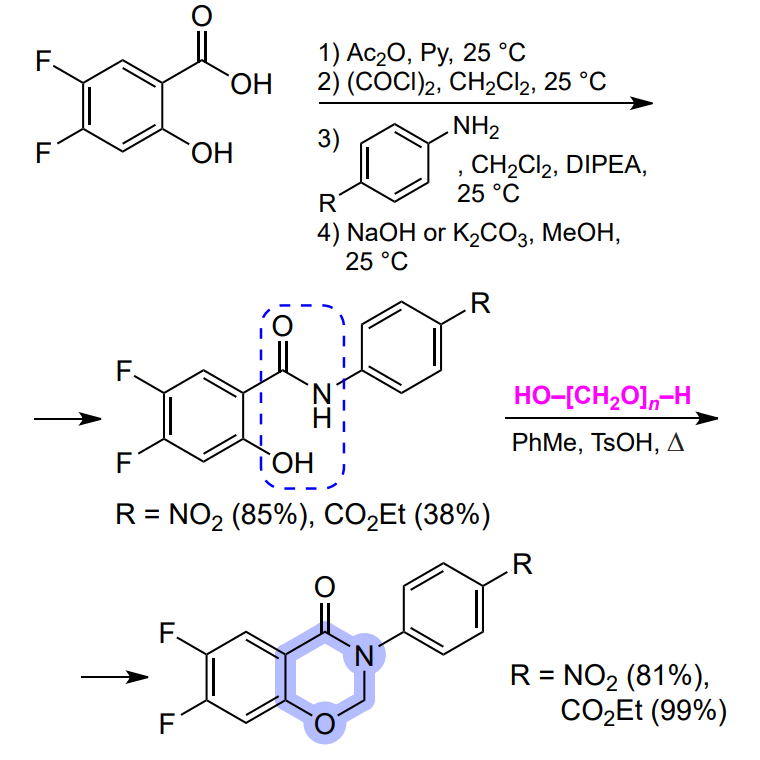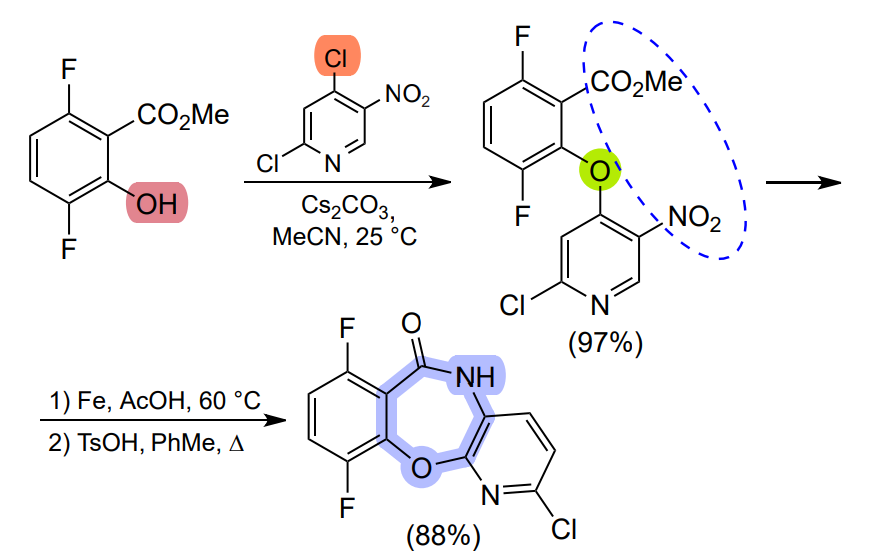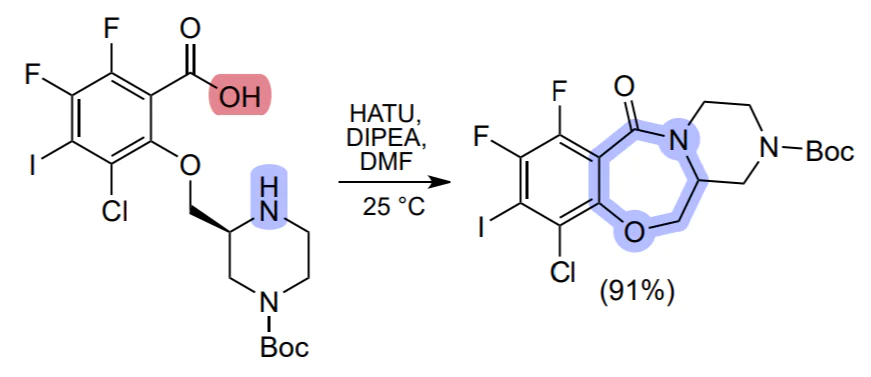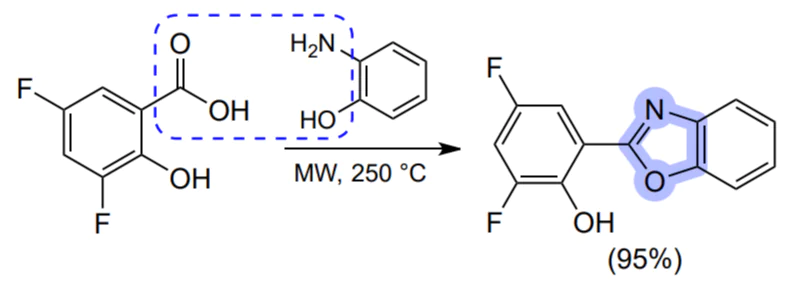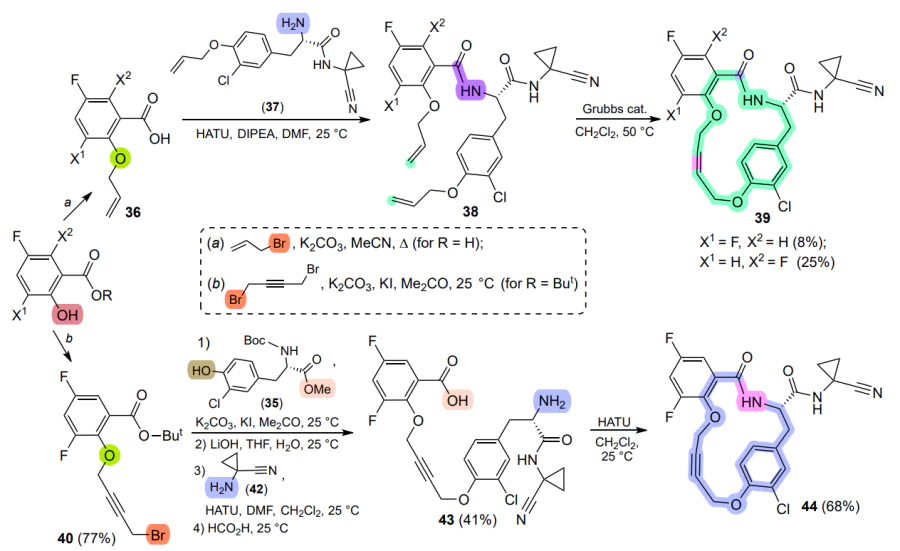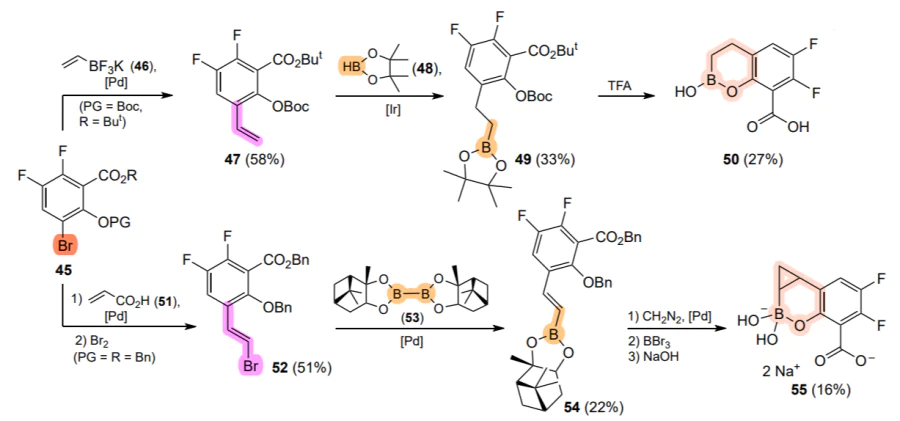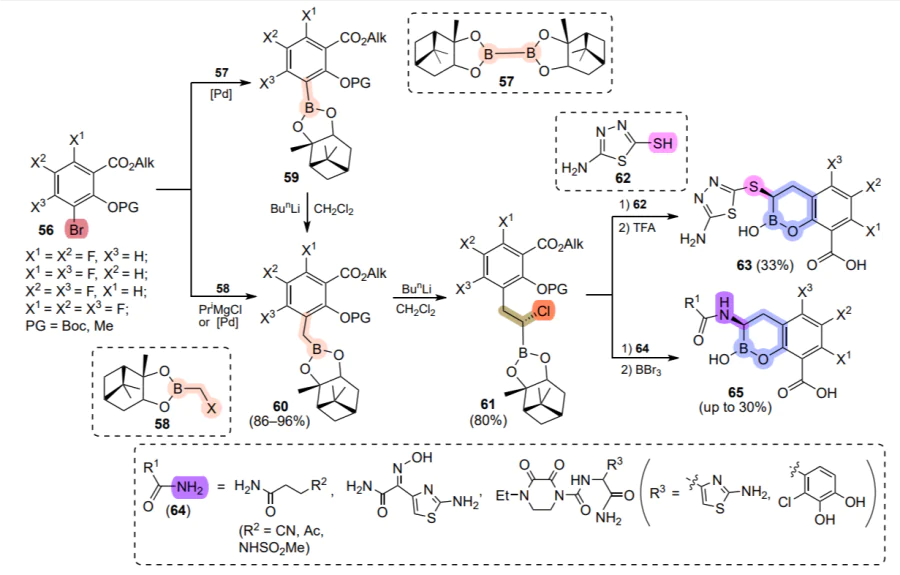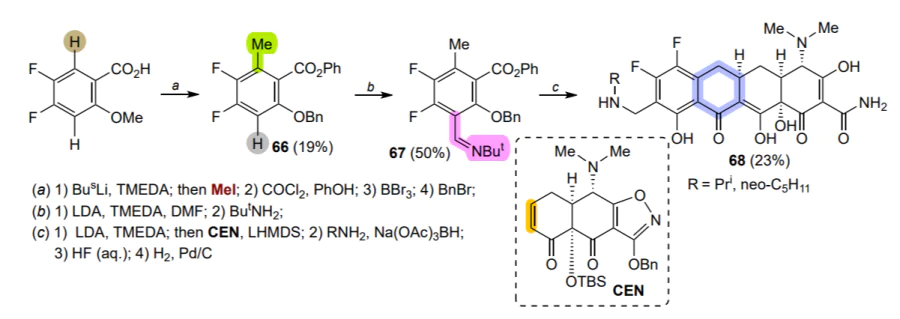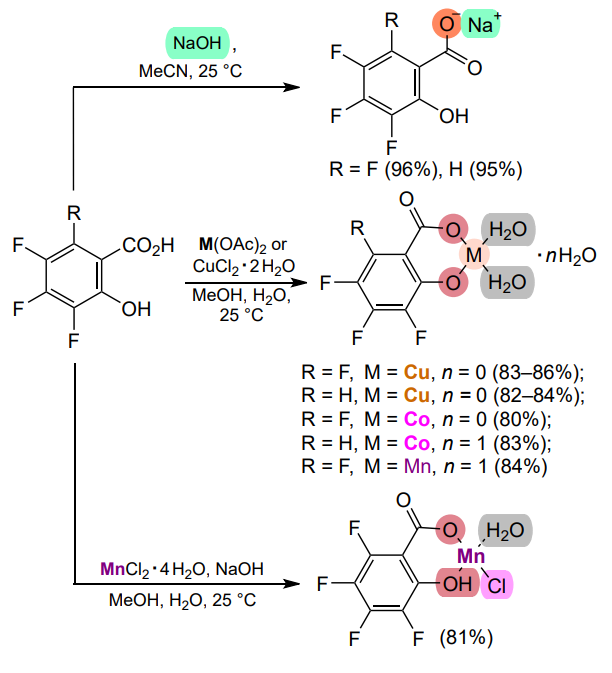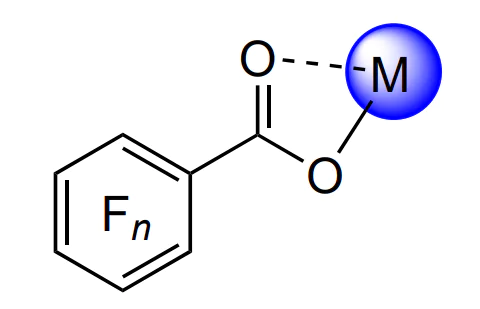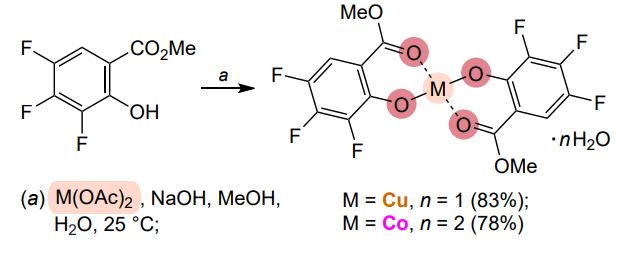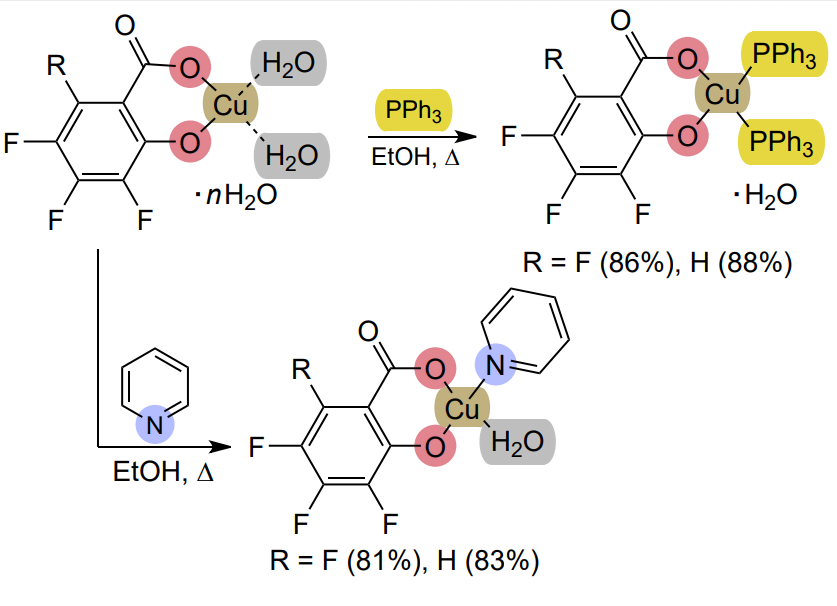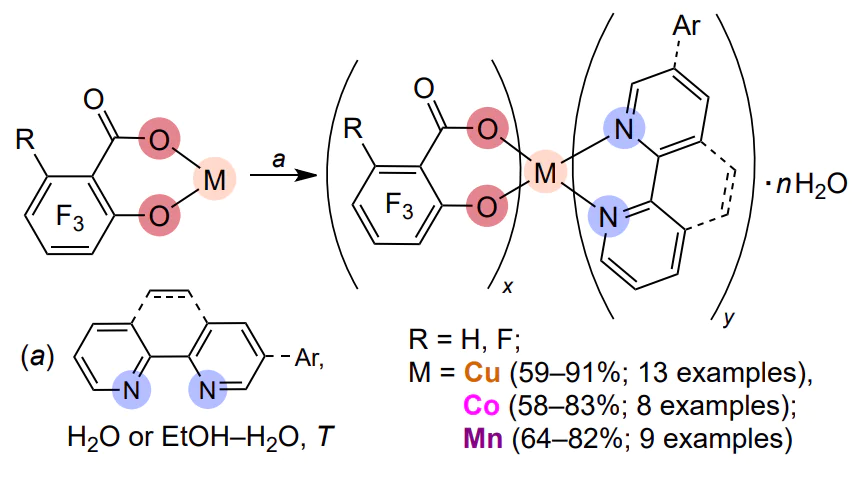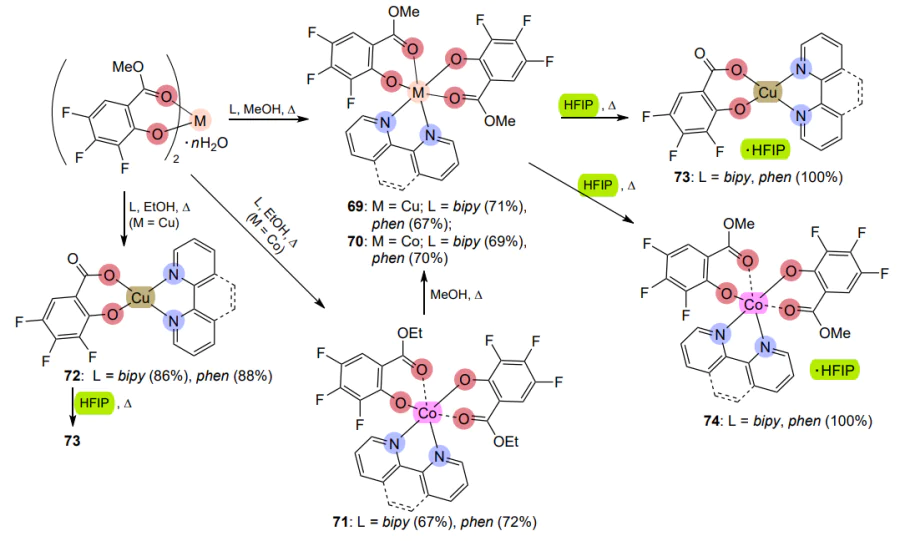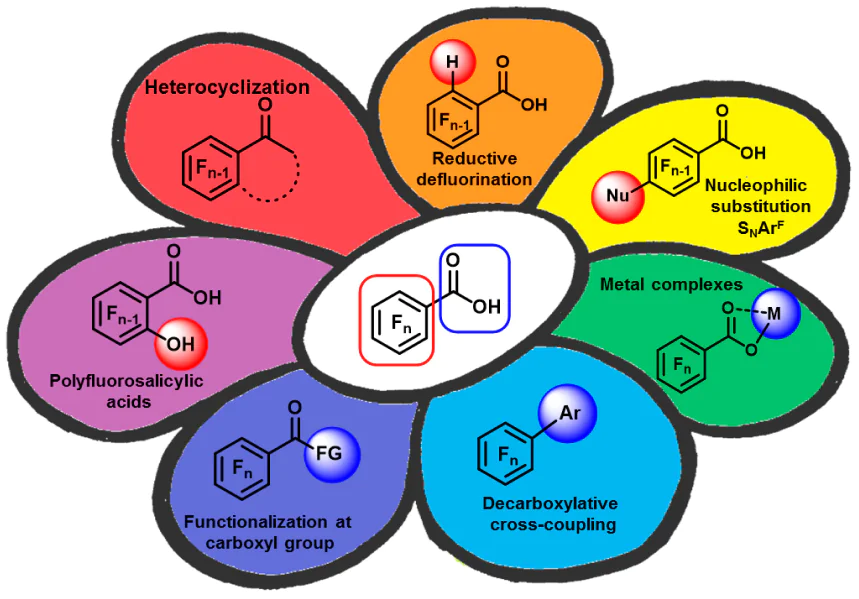Keywords
Abstract
Polyfluoroaromatic compounds occupy a special place in organic synthesis due to a wide range of their chemical transformations and unique biological properties. The introduction of the carboxyl function into polyfluoroarenes allows further diversification of the chemistry of these compounds. This review summarizes data on the chemical transformations of polyfluorobenzoic acids, including derivatives of polyfluorosalicylic acids. The reactions of esterification, amidation, reduction, decarboxylation, metal-catalyzed decarboxylative cross-coupling, C–H functionalization, reductive defluorination, nucleophilic aromatic substitution, heterocyclization and complex formation are considered. Reactivity features of polyfluorobenzoates in comparison to their non-fluorinated counterparts are highlighted. The potential for practical applications of polyfluorobenzoic acid derivatives, primarily as biologically active compounds, is presented.
The bibliography includes 300 references.
1. Introduction
Benzoic acid and its derivatives are widely used as stabilizers, catalysts and reagents in the production of coolants, solvents, plastics, textiles, pesticides, paper, dyes, pharmaceuticals, as well as preservatives and flavourings for food and cosmetics[1, 2]. A separate area of application for such compounds is pharmaceuticals. This is because benzoic acid per se occurs naturally in many plants and is a by-product in the biosynthesis of various secondary metabolites[3, 4]. Benzoic acid and its sodium salt are part of many pharmaceutical preparations and mixtures. For example, acerbine is used as an antiseptic, amsterol and thermopsis are used to treat coughs, the combined preparation caffeine – sodium benzoate is a psychostimulant, etc.
The significance of substituted benzoic acids and their derivatives for medical applications is invaluable. Commercially important benzamide drugs include the analgesics ethenzamide and procainamide, the antidepressant moclobemide, the antiemetics bromopride and cisapride, the neuroleptics sulpiride and tiapride, the diagnostic agent 4-aminohippuric acid, the cytostatics imatinib and procarbazine, and the antiparkinsonian drug raclopride. The group of pharmacologically important drugs that are esters of benzoic acids is even larger and more diverse in both composition and use.
2-Hydroxybenzoic acid and its derivatives, commonly known as salicylates, deserve special attention as they are among the longest-lasting drugs on the pharmaceutical market. Aspirin, methyl salicylate, trolamine salicylate, salsalate, acelisin, etc.[5] are entered in the register of clinically used non-steroidal anti-inflammatory drugs. By modifying the structure of salicylic acid, it has been possible to tune the biological action of its derivatives, which have shown new types of activity. The introduction of an amino group at positions 4 and 3 led to the antituberculosis drug PASA (p-aminosalicylic acid)[6] and the antiulcer drug mesalazine[7, 8], respectively. The importance of salicylic acid as a phenolic phytohormone that regulates plant physiological processes[9] should not be overlooked, and its derivatives are used to reduce the incidence of viral, bacterial and fungal infections in various crops[10-13].
Due to their wide demand, benzoic acid derivatives, including salicylates, occupy leading positions in organic synthesis as building blocks for the preparation of a variety of open-chain[5, 14-17], as well as carbo- and heterocyclic compounds[18-21]. In addition, benzoates and salicylates are widely used as ligands in coordination chemistry[22, 23] and as analytical reagents[24-26].
Polyfluorobenzoic acids can also play an important role in solving various applied problems, as the introduction of fluorine atoms into organic compounds is effectively and successfully used in chemistry to modulate the physicochemical and biological properties of the resulting products. Due to specific possibilities of chemical modification, fluorinecontaining compounds, especially polyfluoroaromatic compounds, occupy an important place in organic synthesis[27-29]; they are in great demand as reagents for the preparation of valuable organic products for use in technology, medicine and agriculture[30]. The enormous potential of such derivatives in targeted drug development is confirmed by the fact that ~30% of drugs contain at least one fluorine atom in their molecules, often as a substituent in the aromatic ring[31-39]. Examples include fluoroquinolone antibiotics (levofloxacin, ciprofloxacin, sparfloxacin, etc.), antifungal agents (fluconazole, voriconazole) and hypoglycemic agents (sitagliptin) (Figure 1). Salicylate derivatives are not neglected either. For example, diflunisal, which contains fluorine, has twice the anti-inflammatory effect of aspirin and is less irritating to the mucous membranes of the gastrointestinal tract[40]. Fluoroaromatic products are also widely used in agrochemicals: for example, diflufenican, flutriafol, flusilazole are used as herbicides, and polyfluorobenzoyl ureas (diflubenzuron, chlorfluazuron, teflubenzuron, flufenoxuron) and ethoxazole are used as insecticides[41, 42].
In addition, polyfluoroarenes have been used to obtain liquid crystals[43] and polymers, including dendrimers[44, 45], which can be used to fabricate matrices for organic light-emitting diodes (OLEDs) (Figure 2).
Given the practical importance of polyfluorobenzoic acids and the great prospects for their chemical modification, there was a need to address these aspects in a single review, as no data on these compounds have been summarized and analyzed to date. The present review aims to fill this gap by presenting the chemical properties and assessing the potential applications of polyfluorobenzoic acids and their derivatives, including polyfluorosalicylic acid analogues, mainly in the field of medicinal chemistry. From a synthetic point of view, polyfluorobenzoic acids have clear potential for modifications, since in addition to the transformations of the carboxyl group and the aromatic core, which are also inherent in their nonfluorinated analogues, they are characterized by reactions involving the polyfluoroaromatic ring due to the activation of the C – F bond[28].
2. Reactions of polyfluorinated acids involving carbonyl group
2.1. Synthesis of esters and amides
The most common ways to modify polyfluorobenzoic acids are the preparation of esters and amides therefrom. This is due not only to the relative simplicity of such reactions, but also to their great potential for the synthesis of a variety of biologically active products. The esters are mainly prepared using the classical esterification reaction by heating the reagents in excess alcohol in the presence of an acid catalyst[46-54]. Polyfluorobenzoic acid amides are preferably obtained directly from acids using peptide synthesis reagents (RPS) such as PyBOB (benzotriazol1-yloxytripyrrolidinophosphonium hexafluorophosphate), HATU (hexafluorophosphate azabenzotriazole tetramethyluronium), HOBt (N-hydroxybenzotriazole), DCC (1,3-dicyclohexylcarbodiimide) and others[55-60] or from their acid chlorides[60-67] in the presence of organic bases (pyridine, triethylamine, diisopropylethylamine (DIPEA), etc.) or without them (Scheme 1).
The pool of alcohols and amines involved in such transformations is quite large, so we have confined ourselves to referring to current publications on the subject. Other methods for the synthesis of esters and amides and for the preparation of compounds of practical importance are discussed in more detail below. For example, 2-methoxy-2-oxo-1-phenylethyl pentafluorobenzoate was obtained in moderate yield by the reaction of pentafluorobenzoic acid and methyl phenyldiazoacetate in the presence of tropylium tetrafluoroborate (Trop) (Scheme 2)[68].
The use of alkylating agents such as diazomethane[69], methyl iodide[70, 71], dimethyl sulfate[72] or ethyl iodide[73] in reactions with polyfluorosalicylic acids provided an approach to alkyl 2-alkoxypolyfluorobenzoates (Scheme 3). Partial hydrolysis of combined diesters was used to obtain ortho-alkoxy-substituted polyfluorobenzoic acids. For example, alkali treatment of methyl 2-methoxy-3,5,6-trifluorobenzoate and ethyl 2-ethoxy3,5-difluorobenzoate gives 2-methoxy-3,5,6-trifluorobenzoic acid[74] and 2-ethoxy-3,5-difluorobenzoic acid[73], respectively.
Polyfluorosalicylic acids readily form acetylpolyfluorosalicylic acids under the action of acetic anhydride (Scheme 4; T is heating)[51, 75].
In vivo tests have revealed a moderate anti-inflammatory effect of fluorinated analogues of aspirin and methyl 3,4,5-trifluorosalicylate[51]. In addition, fluorinated acetylsalicylic acids have a marked analgesic effect, superior not only to aspirin but also to diclofenac.
Hexadecanyl- and 10-chlorodecanyl-substituted tetrafluorosalicylates, synthesized from tetrafluorosalicylic acid and the appropriate alcohols by boiling in benzene over Amberlite IR120 ion exchange resin (Scheme 5), have properties that allow them to be considered as potential antifriction additives for advanced motor oils[76].
The reaction of polyfluorobenzoic acids with [3-bromo-1-(3chloro-2-pyridyl)-1H-pyrazol-5-yl]methanol in the presence of DCC gave [3-bromo-1-(3-chloro-2-pyridyl)-1H-pyrazol-5-yl]methylpolyfluorobenzoates (Scheme 6), the difluoro derivative of which has insecticidal activity against the cabbage pests Plutella xylostella and Spodoptera frugiperda[77].
Among the O-substituted esters of difluorosalicylic acid, biologically active compounds have been identified such as 6-[(4,6-dimethoxypyrimidin-2-yl)oxy]-2,3-difluorobenzoic acid and its methyl ester (1), which have herbicidal activity[78], and methyl 2-[phenyl(pyrrolidin-3-yl)methoxy]-3,5-difluorobenzoate 2, which are serotonin and noradrenaline reuptake inhibitors[79].
Selective alkylation of 4,6-dihydroxy-2,3,5-trifluorobenzoic acid via the 4-hydroxyl group was carried out. For this purpose, the dihydroxy acid was first treated with pentafluorophenyltrifluoroacetate to afford pentafluorophenyl ester, which was further reacted with paraformaldehyde[80] or acetaldehyde[81] in the presence of 1,4-diazabicyclo[2.2.2]octane (DABCO) to give 7-hydroxy-5,6,8-trifluoro-4H-benzo[d][1,3]dioxin-4-ones (Scheme 7). The latter compounds were coupled with O-(4methoxytetrahydropyran-4-yl)-2'-deoxyuridine under Mitsunobu conditions to give O-(5-hydroxy-4-carboxy-2,3,6-trifluorophenyl)-2'-deoxyuridine in moderate yield (see Scheme 7, path a)[82, 83]. Treatment of benzo[d][1,3]dioxin-4ones with alkyl bromides and subsequent passing the intermediates through an ion exchange resin column furnished the target 4-alkoxy-substituted 3,5,6-trifluorosalicylic acids (path b)[80, 81]. O-(5-Hydroxy-4-carboxy-2,3,6-trifluorophenyl)-2'-deoxyuridine and similar acids containing geranyl- or farnesyl-substituted units showed inhibitory activity against Ras protein farnesyl transferase and geranylgeranyl transferase I, one of the key enzymes involved in proliferative processes[80, 82].
An original method for the synthesis of 6-(6-hydroxy-3,5difluorobenzamido)hexanoic acid has been developed[84]. First, 3,5-difluorosalicylic acid was refluxed in xylene in the presence of a small excess of acetic anhydride, resulting in oligosalicylate which was reacted with aminocaproic acid without isolation (Scheme 8).
Rearrangements of nitrone derivatives have also been used to prepare polyfluorosalicylic acid amides. For example, α-pentafluorophenyl-N-phenylnitrones form tetrafluorosalicylic acid arylamides on heating in DMF under acidic conditions[85] or on refluxing in toluene[86] (Scheme 9).
The EDC-mediated condensation of 2-methoxymethoxy-3,6-difluorobenzoic acid with 3-amino-2-ethyl-N-(3-fluorophenylethyl)but-2-enamide in the presence of hydroxybenzotriazole was used to synthesize amide A, the cyclization of which in the presence of alkali gave 2-(2-hydroxy-3,6-difluorophenyl-6-methyl-3-[2-(3-fluorophenyl)ethyl]-5-ethyl-4(3H)-pyrimidone (Scheme 10)[87].
The methyl esters of perfluoro-3,4,5-trifluorosalicylic acid have been shown to react with ammonia in methanol on heating to give the corresponding amides, which are converted to acids when heated in hydrochloric acid solution (Scheme 11)[88]. 3,4,5-Trifluorosalicylic acid amide in the in vivo tests showed a pronounced analgesic effect in the hot plate test along with low acute toxicity.
In contrast to reactions with ammonia, polyfluorosalicylate esters form stable salts in reactions with diethylamine (Scheme 12)[89]. At the same time, polyfluorosalicylic acid ethyl esters give N,N-diethylammonium 2-hydroxypolyfluorobenzoates and methyltetrafluorosalicylate gives N,N-diethylammonium 6-methoxycarbonyl-2,3,4-trifluorophenolate. However, methyl tetrafluorosalicylate forms the same product as its ethyl counterpart.
The reaction of 3,4-difluorosalicylic acid methyl ester with 2,2-diphenylethylamine at 110 °C yields N-(2,2-diphenylethyl)2-hydroxy-3,4-difluorobenzamide (Scheme 13), which selectively inhibits dihydroorotate dehydrogenase, an enzyme of the malaria parasite Plasmodium falciparum, at micromolar concentrations[90].
Based on 4,5-difluorosalicylic acid and 2-methoxy-4,5-difluorobenzoic acid, conjugates with tacrine linked via an amidoalkylene spacer have been obtained (Scheme 14). Such products are able to inhibit acetyl-(AChE) and butyrylcholinesterase at micromolar concentrations and block AChE-induced β-amyloid aggregation, as well as have antioxidant and metal chelating properties, allowing them to be considered as promising multitarget agents for the treatment of Alzheimer’s disease[91].
By the reaction of tetrafluorophthalic anhydride with primary (cyclo)alkylamines[92] or with aminobarbituric acid derivatives[93, 94], a series of 2,3,4,5-tetrafluorobenzamides with antiangiogenic properties have been obtained (Scheme 15).
A large number of publications, most of them patents, are devoted to polyfluorosalicylate amides, which have different biological effects depending on the variation of the amide moiety. For example, 3,4-difluorosalicylic acid amide (3) has been patented as an antagonist of M 3-muscarinic receptors, which is promising for the development of a drug for the treatment of asthma and chronic obstructive pulmonary disease[95, 96]. The patent[97] describes (±) N-(2-hydroxy-5-oxo-7oxabicyclo[4.1.0]hept-3-en-3-yl)-2-methoxy-3,4-difluorobenzamide (4), which is capable of inhibiting the transcription factor NF-κB, dysregulation of which triggers inflammatory processes, autoimmune diseases, viral infections and cancer. 2-(6-Hydroxy-2,4-difluorobenzamido)-5-(morpholin-4-ylsulfonyl)-thiophene-3-carboxamide (5) has been proposed as a therapeutic agent for the treatment of cystic fibrosis[98]. Amides 6 showed antiproliferative activity against 22RV1 and LNaP95 cancer cells causing prostatitis[62, 63]. N-[3-Chloro-4-(4-chlorophenoxy)phenyl]-2-hydroxy-3,5-difluorobenzamide (7) showed properties as an inhibitor of human pancreatic lipase[58], the same compound is claimed in a patent[99] as a potential treatment for dengue fever.
A number of polyfluorosalicylic acid amides 8 have been patented as anticoagulants[100]. Alen et al.[101] propose to use the sepiapterin reductase inhibitor (6-azaspiro[3.4]octan-6-yl) (6-hydroxy-2,4-difluorophenyl)methanone (9) to create new potent analgesics. Polyfluorinated N-([4-oxo-6-fluoro-7(cyclohexylamino)-1-cyclopentyl-1,4-dihydroquinolin-3-yl] methyl)-2-hydroxybenzamides 10 have been claimed as inhibitors of platelet aggregation and P2Y12 receptors[102]. Salicylamide 11, which contains a polynuclear heterocyclic moiety, has been shown to be an effective inhibitor of B-cell lymphoma protein 6 (BCL-6)[57].
Polyfluorobenzoic acid amides also proved to be a convenient platform for the generation of promising physiologically active compounds. For example, N-{4-[3-(1-methyl-1H-imidazol-2yl)-3-oxoprop-1-en-1-yl]phenyl}-2,3,4,5,6-pentafluorobenzamide 12 has anticancer activity against HCT-116 and NCI-H522 cell lines[103], and polyfluoro-substituted amides 13 bearing a coumarin residue 67 showed activity against the MCF-7, T47D, MDA-MB-231 and SkBr3 cancer cell lines in the micromolar concentration range. N-[4-(Hydroxycarbamoyl)benzyl]-2,3,4,5,6-pentafluorobenzamide (14) was found to be a selective inhibitor of histone deacetylase 6 (HDAC6), which causes hematological malignancies. N-(5-Sulfamoyl-2,3-dihydro-1H-inden-2-yl)-2,3,4,5,6-pentafluorobenzamide (15) has moderate anticonvulsant activity[104], while pentafluorobenzamide 16 with a polynuclear amine moiety has shown activity against MCF-7 breast cancer cell cultures and the adriamycin-resistant MCF-7/ADR cell line[105].
The development of biologically active amides based on substituted polyfluorosalicylic acids proved promising. For example, [2-(4-bromo-2-fluorobenzylcarbamoyl)-4,5-difluorophenoxy)]acetic acid (17) was patented as a potent inhibitor of human aldose reductase 2 (hALR2), an enzyme responsible for complications in diabetes mellitus[106]. N-(3-Carbamoyl-4-fluorophenyl)-6-[2-methoxy-4-(trifluoromethoxy)phenoxy]-2,3,4-trifluorobenzamide 18 was found to be a Nav1.8 sodium channel blocker[107]. (S)-2-tert-Butoxy-2-[6-methyl-1-(2-methoxy-3,6-difluorobenzoyl)-4-(p-methylphenyl)-2,3-dihydroindol-5-yl]acetic acid (19) and (S)-2-tert-butoxy-2-[6-methyl-1-(2-methoxy-3,4-difluorobenzoyl)-4-(5-methyl-8-fluorochroman-6-yl)-2,3-dihydroindol-5-yl]acetic acid (20) showed properties of potent inhibitors of human immunodeficiency virus (HIV-1)[108].
To summarize, the above data indicate the prospects for the development of new methods for the synthesis of amides and esters of polyfluorobenzoic and polyfluorosalicylic acids as privileged scaffolds for medicinal chemistry.
2.2. Reduction reactions
The reduction of the carboxyl function in polyfluorobenzoic acids is used to obtain polyfluoroaryl-substituted benzyl alcohols. A number of methods are reported for the synthesis of pentafluorobenzyl alcohol by reduction of the carboxyl group in pentafluorobenzoic acid with zinc(II) borohydride, generated in situ from zinc(II) chloride and sodium borohydride[109], using a catalytic system consisting of zinc(II) acetate, phenyl silane and N-methylmorpholine[110], and in the presence of titanium(IV) chloride and borazane[111] (Scheme 16). Using lithium aluminium hydride, this process is also accompanied by reductive defluorination to give 2,3,5,6-tetrafluorobenzyl alcohol[109].
The carboxyl group in polyfluorobenzoic acids can be sequentially converted into alcohol and aldehyde functions. Thus, reduction of the carboxyl substituent in difluorosalicylic acids with LiAlH4 (see [112, 113]) or BH3 · Me2S (see [114]) affords 3,5-difluoro-, 3,4-difluoro- and 4,5-difluoro-2-(hydroxymethyl)phenols (Scheme 17). Oxidation of alcohols with pyridinium chlorochromate (PCC) or 2,3-dichloro-5,6-dicyano-1,4-benzoquinone (DDQ) opened the way to difluorosalicylic aldehydes[113, 114].
2.3. Decarboxylation reactions
Decarboxylation of polyfluorobenzoic acids is used to produce polyfluorobenzenes. For example, it has been shown that polyfluorobenzoic acids can be decarboxylated by heating in a sealed ampoule in the presence of Cu2O and 1,10-phenanthroline (phen) (Scheme 18)[115].
The synthesis of polyfluorobenzenes is also accessible by heating polyfluorobenzoic acids in a toluene – water mixture in the presence of the catalytic system [(COD)Rh(OH)2 – 1,3-bis(diphenylphosphino)propane (DPPP) and a base (NaOH) (Scheme 19)[116].
The use of polyfluorosalicylic acids in decarboxylation reactions is an effective approach to polyfluorophenols which are difficult to obtain. Thermal decarboxylation of perfluoro(see [117]) and 3,5,6-trifluorosalicylic acids[117, 118] is carried out in a sealed ampoule at temperatures of 270 – 300 °C for 3 – 7 h (Scheme 20) to give 2,3,4,5-tetrafluoro-2,4,5-trifluorophenols.
Depending on the conditions, decarboxylation of 2,6-dimethoxy-3,4,5-trifluorobenzoic acid affords 4,5,6-trifluororesorcin or its dimethyl ester (Scheme 21)[119].
2.4. Metal-catalyzed decarboxylative cross-coupling reactions
Modern approaches to the modification of polyfluorobenzoic acids or their salts, which have been actively developed in recent years, are metal-catalyzed decarboxylative cross-coupling reactions used for the synthesis of biaryl or aryl-hetaryl derivatives. A process has been proposed for the preparation of a variety of biaryl compounds (Scheme 22), based on the reaction of potassium polyfluorobenzoates with (het)aryl halides or triflates in the presence of the catalytic system Pd(OAc)2 (0.01 – 0.04 equiv.) – PCy3 or P(o-Tol)3 (0.02 – 0.08 equiv.)[120]. The same research group[121] showed that cheaper copper(I) iodide could be used in this reaction. However, (het)aryl chlorides could not be involved in the cross-coupling under these conditions, so this process was successfully carried out for (het)aryl iodides and bromides in the presence of phen as a ligand. Notably, the highest yields of products were reached with pentafluorobenzoic acid, whereas a decrease in the number of fluorine atoms often led to a decrease in the yield of the target biaryls, down to trace amounts.
Copper(I) iodide immobilized on a solid support (mesoporous MCM-41) and functionalized with the phen ligand was proposed as a renewable catalyst for the cross-coupling of potassium salts of polyfluorobenzoic acids with aryl halides (Scheme 23)[122]. This method not only allows the catalyst to be recovered many times without a significant decrease in the yield of the target product, but also increases the yield of biaryls based on di- or trifluorobenzoic acids.
For the cross-coupling of potassium polyfluorobenzoates with (het)aryl halides or pseudohalides, the Ni(COD)2 catalyst was also used in the presence of Bu3tP · HBF4, 1,1'-(diphenylphosphino)ferrocene (DPPF) or 2-[2-(dicyclohexylphosphino)phenyl]-1-methyl-1H-indol (CM-Phos) as phosphine ligands (Scheme 24)[123].
The Ni(COD)2 catalyst was also utilized in the synthesis of biaryls or diarylmethanes via the reaction of potassium polyfluorobenzoates with arylpivalates, arylsulfamates or arylmethylpivalates, but in this case it was necessary to add zinc(II) acetate to the reaction mixture (Scheme 25)[124]. It was also found that in the absence of the second aryl reagent, decarboxylation of potassium pentafluorobenzoate gives pentafluorobenzene.
It has been shown[125] that zinc salts of polyfluorobenzoic acids can be effectively used in the decarboxylative crosscoupling, and the reaction with (poly)aryl bromides or nonaflates runs in the presence of the catalyst Pd(PPh3)4 under milder conditions (heating up to 60 °C) (Scheme 26). This approach provided the preparation of a large number of bis- and polyaryl derivatives (Figure 3).
Polyfluorobenzoic acids per se have also been involved in decarboxylative cross-coupling reactions, but these have been carried out under Suzuki conditions using arylboronic acids, palladium(II) trifluoroacetate as catalyst and silver(II) carbonate as the base[126]. At the same time, the replacement of the catalyst with copper(II) triflate in the reaction of 4-methoxy-2,6-difluorobenzoic acid with phenylboronic acid gave O-phenylsubstituted 4-methoxy-2,6-difluorobenzoate (Scheme 27).
In addition, polyfluorobenzoic acids can undergo Pdcatalyzed C – H functionalization with (het)arenes (Scheme 28) such as benzene and its substituted analogues[127, 128], (benzo)thiazoles[127], 4-methylfuran[129], 4-substituted thiophenes[128, 130] and indole[131]. The reaction requires the presence of a silver(II) carbonate base and sometimes the addition of a phosphonium ligand. As a result of these processes, the range of known polyfluorinated biaryl and aryl-hetaryl derivatives has been greatly expanded.
The use of N-methylpyridinium iodide and its benzoanalogues in the C – H functionalization of polyfluorobenzoic acids promoted by CuBr2 and the phase transfer catalyst tetra-n-butylammonium bromide (TBAB) in the synthesis of 2-polyfluorophenylpyridines, 2,6-difluorophenylpyridine and 1-polyfluorophenyl(iso)quinolines has been described (Scheme 29)[132].
It has been shown that polyfluorobenzoic acids or their salts can undergo decarboxylative cross-coupling with (benz)oxazoles in the presence of a nickel catalyst, NiCl2(PCy3)[133] or Ni(OTf)2 (see [134]), to give 2-polyfluorophenyl(benz)oxazoles (Scheme 30).
Polyfluorobenzoic acids were found to undergo self-coupling with double decarboxylation in the presence of palladium[135] or copper[136] catalysts to furnish symmetrical polyfluorobiaryls (Scheme 31).
In addition, polyfluorobenzoic acids can undergo crosscoupling with other (het)arylcarboxylic acids under the action of the PdCl2 – PPh3 catalytic system in the presence of silver(II) carbonate, leading to asymmetric biaryl or aryl-hetaryl derivatives (Scheme 32)[135]. The moderate yields of the target products are explained by the formation of symmetric biaryl byproducts.
The pool of reagents subjected to cross-coupling reactions with polyfluorobenzoic acids and their potassium salts has been extended by the use of styrenes. Such transformations were carried out under the catalysis of Pd(O2CCF3)2 in the presence of Ag2CO3 to produce styryl-polyfluorobenzenes (Scheme 33)[137]. It should be noted that these reactions are sometimes accompanied by decarboxylation of the starting polyfluorobenzoic acids, which decreases the yield of the target products.
1,2,3,4,5-Pentafluorostilbene was obtained from potassium pentafluorobenzoate and (2-bromoethyl)benzene in the presence of the CuI – phen catalytic system (Scheme 34)[121].
The outcome of the reaction of polyfluorobenzoic acids with α,β-unsaturated carbonyl compounds in the presence of the catalyst [(COD)Rh(OH)]2 and NaOH base depends on the phosphonium ligand used. Thus, in the case of (4R,5R)-(–)-4,5-bis(diphenylphosphanylmethyl)-2,2-dimethyl-1,3-dioxolane (DIOP), mainly alkyl 3-(polyfluorophenyl)prop-2-enoates or 3-(polyfluorophenyl)prop-2-enamides are formed[116], whereas the use of 2,2'-bis(diphenylphosphino)-1,1'-binaphthyl (BINAP) gives alkyl-3-(polyfluorophenyl)propanoates or 3-(polyfluorophenyl)propanamides (Scheme 35)[138].
It was shown that polyfluorobenzoic acids react with allyl acetate when heated in a mixture of DMSO – dioxane in the presence of catalysts Pd(OAc)2, Cu2O and oxidant Ag2CO3 to form a mixture of 3-(polyfluorophenyl)allyl acetate (as E,Z-isomers) and 2-(polyfluorophenyl)allyl acetate in a ratio of ca. 20 : 1 (Scheme 36)[139].
However, attempts to use butadiene in the cross-coupling reaction with polyfluorobenzoic acids in the presence of the catalytic system [Rh(COD)Cl]2–tri(2-furyl) phosphine (TFP) resulted only in the formation of esters, (but-3-en-2-yl)polyfluorobenzoates (Scheme 37)[140].
Summarizing the information given in this Section, it can be concluded that metal-catalyzed cross-coupling reactions of polyfluorobenzoic acids provide access to a diversity of (het)aryl-containing polyfluoroarenes.
2.5. Other decarboxylative reactions
In addition to cross-coupling, polyfluorobenzoic acids are known to undergo decarboxylative thiolation, halogenation and acylation reactions and also combinations of these transformations with cross-coupling.
In the reaction of pentafluorobenzoic acid and thiophenol mediated by the CuI – phen system, in addition to thiolation, nucleophilic substitution of the fluorine atom in the para position occurs to afford (perfluoro-1,4-phenylene) bis(phenylsulfane) (Scheme 38)[141].
The potassium salts of polyfluorobenzoic acids undergo a decarboxylative acylation with (het)aroyl fluorides to give the corresponding biaryl ketones or aryl-hetaryl ketones (Scheme 39)[142], without the need for catalysts and/or bases.
Polyfluorobenzoic acids undergo halogenation along with decarboxylation by sequential treatment first with a Bu3t PAuCl complex in the presence of Ag2O and then with halosuccinimides[143] using TBAB[144] or iodine[145] under the action of a base (K3PO4) (Scheme 40).
It was shown that consecutive reactions of iodination of 2,6-difluorobenzoic acid with iodine and cross-coupling of the intermediate with pentafluorobenzoic acid under the action of the CuI – phen catalytic system give 2,2',3,4,5,6,6,6'-heptafluoro-1,1'-biphenyl (Scheme 41)[145].
An original synthetic approach to fluorinated biaryls, styrylpolyfluorobenzenes and arylethynylpentafluorobenzenes based on pentafluorobenzoic esters of ketoximes by cleavage of O – N, С–С bonds and subsequent arylation followed by decarboxylation has been proposed (Scheme 42)[146].
Metal-catalyzed reactions of pentafluorobenzoyl oximes, in which the polyfluorobenzoic acid residue acts as an auxiliary group to generate the iminyl radical, have been reported (Scheme 43). The subsequent transformations include several directions, which are discussed in detail in the review articles: for example, aza-Heck cyclization[147-156], as well as functionalization of C(sp3) – C(sp3) and C(sp3) – H bonds[156-159]. The realization of transformations involving pentafluorobenzoate as the leaving group opens up possibilities for the synthesis of a wide range of open-chain and heterocyclic compounds.
To conclude, the analysis of the data considered in this Section shows that the decarboxylation of polyfluorobenzoic acids can be used to introduce new groups of different nature into the molecule.
3. Transformations of polyfluorobenzoic acids involving benzene ring
3.1. С – Н Functionalization reactions
Partially fluorinated benzoic acids and their derivatives can undergo C – H functionalization reactions that are also typical of non-fluorinated analogues. Thus, a method has been proposed for the selective Pd-catalyzed ortho-hydroxylation of difluorobenzoic acids with hydrogen peroxide in the presence of [2-methyl-2-(6-oxo-1,6-dihydropyridin-2-yl]propanoic acid (L3) to give the corresponding difluorosalicylic acids (Scheme 44)[113].
A series of substituted biaryls have been synthesized by the C – H functionalization reaction of di- and trifluorobenzamides with aryl bromides, using palladium(II) chloride as a catalyst (Scheme 45)[160]. It should be noted that the arylation proceeds regioselectively, exclusively to the ortho position relative to the two fluorine atoms in the benzene ring.
3,5-Difluorobenzamide reacts with 2-bromobenzyl bromides in the presence of palladium(II) acetate to give 2-(2-bromobenzyl)-3,5-difluorobenzamides (Scheme 46)[161].
It has been shown that N-disubstituted di(trifluorobenzamides) can also undergo a Pd-catalyzed C – H functionalization with ethyl acrylate to yield ethyl 3-{3-[(4-nitrophenylsulfonyl) (2-cyanophenethyl)carbamoyl]-2,4-difluorophenyl}acrylates 21 (Scheme 47)[162].
3.2. Reductive hydrodefluorination reactions
Methods for the selective reductive hydrodefluorination at the para-position of polyfluorobenzoic acids by treatment with zinc in liquid[163, 164] or aqueous ammonia[165] have been reported (Scheme 48). The use of the reductive sodium – liquid ammonia system in this reaction produces a mixture of (fluoro)benzoic acids[163, 164].
The esters and amides of pentafluorobenzoic acid undergo selective monohydrodefluorination at para position in DMSO when treated with sodium borohydride (Scheme 49)[166].
A similar process for esters has also been carried out under photocatalytic conditions in the presence of Ir(ppy)3 complex (ppy is 2-phenylpyridine)[167] but in this case, the yields of products were somewhat lower. Methyl 4-amino-2,3,5,6-tetrafluorobenzoate is characterized by selective dehydrodefluorination of the ortho-fluorine atom to give methyl 4-amino-3,5,6-trifluorobenzoate[167].
Treatment of pentafluobenzoic acid solution with zinc in the presence of 0.01 equiv. of the NiCl2 – 2,2'-bipyridine (bipy) system leads to selective reductive hydrodefluorination of the ortho-fluorine atom and formation of 2,3,4,5-tetrafluorobenzoic acid. With 0.05 equiv. of this system, hydrodefluorination of both ortho-fluorine atoms takes place to give 3,4,5-tetrafluorobenzoic acid (Scheme 50)[168]. It should be noted that the regioselectivity of the process reduces dramatically when pentafluorobenzoic acid ethyl ester or amide is involved in this reaction, since incomplete conversion of the starting materials is observed, and in both cases a mixture of ortho- and para- defluorinated products is formed.
The selective monohydrodefluorination of the ortho-fluorine atom in pentafluorobenzoic acid and in 2,6-difluorobenzoic acid in THF by heating in the presence of 0.2 equiv. of ytterbium(II) complex YbCp2(DME) (Cp is cyclopentadienyl, DME is 1,2-dimethoxyethane), 2 equiv. of magnesium and 0.02 equiv. of iodine has been described (Scheme 51)[169].
By varying the reaction conditions, including the amount of a base (DIPEA) and the reaction temperature, Kharbanda and Weaver 115 succeeded in carrying out mono-, di- and trihydrodefluorination in methyl pentafluorobenzoate to obtain the corresponding methyl esters of 2,3,5,6-tetrafluoro-, 2,3,5-trifluoro-3,5-difluorobenzoic acids (Scheme 52). Methyl 2,3,5,6-tetrafluorobenzoate was further subjected to Pdcatalyzed C – H functionalization mediated with 1-iodo-3,5-dimethyl- or (3-chloroprop-1-en-1-yl)benzenes to give the corresponding 4-substituted products.
It should be noted that the transformations of arylamides of pentafluorobenzoic acids under similar conditions are less selective because the reaction produces mixtures of mono- and dihydrodefluorinated derivatives 22 – 26. The ratio of these products depends not only on the amount of DIPEA and water, but also on the structure of the aryl moiety (Scheme 53)[115].
Under similar conditions, a photocatalytic cross-coupling of polyfluorobenzoate esters with (het)arenes was carried out without isolating the hydrodefluorinated intermediate, resulting in the synthesis of biaryl derivatives and 4-(pyrrol-3-yl)substituted methyl esters of 2,3,5,6-tetrafluorobenzoic acid (Scheme 54)[170].
To summarize, the conditions for selective para- and ortho- hydrodefluorination of polyfluorobenzoic acids, their esters and amides are described, and the possibility of polyhydrodefluorination reactions is also demonstrated.
3.3. Nucleophilic aromatic substitution
For the modification of polyfluorobenzoic acids, their esters and amides, the nucleophilic aromatic substitution of fluorine atoms (SNArF) reactions, which allow the introduction of various moieties, including pharmacophore ones, into the polyfluorobenzoate molecule, have great potential.
It has been shown that the fluorine atom in the para position of pentafluorobenzoic acid or its esters is easily substituted under the action of various nucleophilic reagents such as sodium methoxide, sodium methanethiolate, hydrazine[171], sodium hydrosulfide[172], mercaptoethanol[173], imidazole[174] (Scheme 55). However, the reaction of pentafluorobenzoic acid with an ethanol solution of methylamine or dimethylamine produces a mixture of products from which para- and ortho-N-(di)methylsubstituted tetrafluorobenzoic acids could be isolated[171], with the starting acid not reacting with aqueous ammonia.
Reactions of polyfluorobenzoic acids via the SNArF mechanism are actively used to introduce the hydroxyl function, and the search for selective methods of para- and ortho- hydroxylation has become the main trend of such studies. Of particular interest is the development of approaches to o-hydroxypolyfluorobenzoic acids as fluorinated analogues of salicylic acid.
Fluorine atoms in polyfluorobenzoic acids can be easily replaced with the OH group in 1,3-dimethylimidazolidin-2-one (DMI) upon heating with alkali[175-177]. Not only the number of fluorine atoms in the benzene ring, but also their position affects the process selectivity. Thus, when 2,4-difluoro-2,3,4-trifluorobenzoic acids are treated with sodium hydroxide, the content of the resulting ortho-hydroxy isomers in the mixture reaches 99 and 99.8%, respectively, and their isolated yield is almost quantitative (95%) (Scheme 56, Table 1)[177]. Under similar conditions, in 2,4,6-trifluorobenzoic acid, only one of the ortho-fluorine atoms is predominantly substituted and the ratio of ortho- to para-isomers reaches 97 : 3. The reaction of 2,4,5-trifluorobenzoic acid with alkali is less selective, the ratio of ortho- to para-isomers being 72 : 28. The authors of patents[178, 179] claim that, under similar conditions, 2,4,5-trifluorobenzoic acid is selectively converted to 4,5-difluorosalicylic acid, although no convincing evidence of the structure of the product is provided, except for the 1H NMR spectrum, which is not very informative in this case. If the number of fluorine atoms is increased to 4 or 5, the process becomes even less selective, since 2,3,4,5-tetrafluorobenzoic acid in this reaction gives a mixture of products in the ratio 67 : 33, whereas the reaction of pentafluorobenzoic acid with NaOH furnishes only a hard-to-separate mixture of products[177] (see Scheme 56 and Table 1). It should be noted that the 3,4,5-trifluoroand tetrafluorosalicylic acids thus synthesized could not be isolated in pure form.
A similar method is used for the preparation of the isomeric 3,4-difluoro- (see [55, 57, 180-182]) and 2,4-difluorosalicylic acids[183].
3,5-Difluorosalicylic acid was synthesized by the reaction between 2,3,5-trifluorobenzoic acid and alkali on heating in DMSO (Scheme 57)[70, 172].
It should be noted that this acid can be used as an additive to herbicides such as paraquat and atrazine to increase their efficacy against tobacco mosaic virus and reduce their toxic effect on tobacco[184-188].
Our research group[119, 189] found a selective ortho-substitution of the fluorine atom in pentafluorobenzoic acid under the action of magnesium methoxide. As a result, 2-methoxytetrafluorobenzoic acid is formed, which is hydrolyzed in situ to tetrafluorosalicylic acid in 42% yield (Scheme 58). The proposed mechanism of methoxylation involves the initial formation of intermediate I through the addition of magnesium methoxide to the carboxyl group. Due to the specific coordinating ability of the magnesium atom, the fluoride ion is eliminated on heating and the methoxide anion is subsequently attached to the ortho-position of intermediate II[119]. For pentafluoro (see [190]) and 2,3,5,6-tetrafluorobenzoic acids[51], the optimum conditions for the selective substitution of one of the ortho-fluorine atoms were chosen including the use of 2.5 equiv. of Mg(OMe)2 in boiling toluene and 3.5 equiv. of Mg(OMe)2 when heating in diglyme. The mixtures of the resulting methoxy-substituted acids II were treated with PCl5, which made possible to separate the corresponding 2-methoxypolyfluorobenzoic acid chlorides by distillation. Treatment of the latter with 48% HBr solution gave tetrafluoro- and 3,5,6-trifluorosalicylic acids (see Scheme 58). Hydrolysis of 2-methoxy-3,4,5,6-tetrafluorobenzoic acid chloride with 20% NaOH solution at room temperature afforded 2-methoxytetrafluorobenzoic acid in individual form[190].
When pentafluorobenzoic acid is reacted with 12 equiv. of magnesium methoxide on heating in toluene or diglyme, both ortho-fluorine atoms are substituted to give 2,6-dimethoxy-3,4,5-trifluorobenzoic acid (see Scheme 58).
In the case of polyfluorobenzoic acids with only one ortho- fluorine atom, the synthesis is not complicated by the formation of disubstitution by-products, and the mono-ortho-methoxylation proceeds selectively, providing virtually quantitative yields of the target polyfluorosalicylic acids (Scheme 59)[190].
In our opinion, this method is the most promising approach to polyfluorosalicylic acids, especially to those containing more than three fluorine atoms in the benzene ring, because of the simplicity of the equipment and the availability of starting compounds. This approach allows not only to obtain high purity polyfluorosalicylic acids in good yields, but also to produce them for biological studies. It should be noted that tetrafluoro-, 3,4-difluoro- and 4,5-difluorosalicylic acid[190] has a pronounced antimycobacterial activity against Mycobactérium tuberculosis H37Rv, M. avium, M. terrae and multidrug-resistant (MDR) strains, with a minimum inhibitory concentration (MIC) ranging from 0.7 to 1.5 mg ml –1. Moreover, tetrafluorosalicylic acid has a weak antifungal activity against pathogenic fungi of the genus Trichophiton (MIC = 25 – 50 mg ml–1). Tetrafluoro-, 3,4,5-trifluoro-, 3,5,6-trifluorosalicylic acids and 2-methoxy derivatives of tetrafluoro- and 3,4,5-trifluorosalicylic acids showed anti-inflammatory activity in the carrageenan-induced paw edema test in vivo comparable to that of aspirin[51]. The same compounds and 4,5-difluorosalicylic acid showed analgesic activity in the hot plate test. In vitro tests have shown that their mechanism of action as potential non-steroidal anti-inflammatory agents is due to inhibition of cyclooxygenase-1 (COX-1).
In studying the reactions of ethyl pentafluorobenzoate with sodium ethoxide at room temperature, it was found that the selectivity of the fluorine atom substitution can be adjusted by varying the ratio of ethanol to diethyl ether (Scheme 60)[191]. It should be noted that the reaction of pentafluorobenzoic acid methyl ester with sodium methoxide is less selective, since even in excess of methanol a 53 : 48 mixture of ortho- and para- methoxy-substituted isomers is formed[192].
Methyl 4-methyl-2,3,5,6-tetrafluorobenzoate reacts with sodium methoxide to give a 6-methoxy derivative (Scheme 61)[193, 194].The authors report high yields of the ortho- substituted ester and deny the formation of by-products, but the patent[193] uses the preparative chromatography to purify the final product, which casts doubt on the above data. At the same time, it was found that when the methyl ester of 4-benzylamino-2,3,5,6-tetrafluorobenzoic acid was treated with sodium methoxide, even at room temperature, both ortho-fluorine atoms were readily substituted to give a dimethoxy ester (see Scheme 61)[195, 196].
Benzyl pentafluorobenzoate can undergo double nucleophilic substitution of ortho- and para-fluorine atoms under the action of benzyl alcohol in THF in the presence of potassium tert-butoxide to give a 2,4-disubstituted ether but this process is not selective and is accompanied by the formation of a 2,4,6-trisubstituted product (Scheme 62)[81]. The same compounds can be obtained by the analogous reaction of the benzyl 4-benzyloxy-2,3,5,6-tetrafluorobenzoate[80]. Hydrogenolysis of benzyl 2,4-bis(benzyloxy)-3,5,6-trifluorobenzoate gives 4,6-dihydroxy-2,3,5-trifluorobenzoic acid[80, 81].
Under the action of sodium azide, the fluorine atom in the para position of pentafluorobenzoic acid esters is easily replaced by the azide group upon heating in aqueous acetone (Scheme 63)[197]. The introduction of the azide function is promising for subsequent modifications since it can be selectively reduced to the amino group with tin(II) chloride[198, 199] or copper(II) sulfate in the presence of sodium ascorbate[200] to give 4-amino-2,3,5,6-tetrafluorobenzoic acid or its methyl ester. 4-Azido-2,3,5,6-tetrafluorobenzoic acid[201] and its methyl ester[202] undergo a Staudinger reaction with triarylphosphines to give 4-[(triarylphosphoranylidene)amino] derivatives. For 4-azido-substituted tetrafluorobenzoates, azide-alkyne addition reactions have been studied, leading to the synthesis of a series of 4-(1,2,3-triazol-1-yl)-2,3,5,6-tetrafluorobenzoic acids[203-210]. In addition, transformations of methyl 4-azidotetrafluorobenzothiazole in [3+2] cycloaddition reactions with aldehydes[211, 212] and thioacetic acid (TAA)[213] to give amides, and with enamines[214, 215] to give amidines have been described (see Scheme 63).
As shown above, esters of polyfluorosalicylic acids react with ammonia to give the corresponding amides (see Scheme 11). In this context, the synthesis of 4-aminopolyfluorosalicylic acids[88] is achieved through the preliminary preparation of 4-azidopolyfluorosalicylates by substitution of the fluorine atom at the activated 4-position with sodium azide. The reduction of the azide function was carried out under the action of zinc metal in the presence of NH4Cl in refluxing methanol to give methyl 4-amino-2-hydroxy-2,3,5-trifluoro(or 3,5-difluoro)-benzoates, the hydrolysis of which afforded the corresponding benzoic acids (Scheme 64). 4-Amino-3,5-difluorosalicylic acid, a fluorinated analogue of the well-known anti-tuberculosis drug PASA, has been shown to inhibit the growth of M. tuberculosis H37Rv, M. avium and M. terrae strains and to inhibit the growth of MDR strains (MIC = 1.5 mg ml–1), whereas PASA in the similar concentration only inhibits the growth of Mycobacterium tuberculosis H37Rv[88].
(Poly)fluorobenzoic acids with different heterocyclic substituents have been obtained by SNArF reactions. Studying the reaction of polyfluorosalicylic acid esters with cyclic amines showed that the outcome of the transformation depends on the substrate structure, the temperature regime, the nature of the solvent and the amine moiety[53]. For example, reactions esters of tetrafluoro- and 3,4,5-trifluorosalicylic acids with morpholine or N-methylpiperazine in DMSO at room temperature lead to 4-substituted products, methyl 4-(morpholin-4-yl)polyfluoromethyl- and methyl 4-(N-methylpiperazin-1-yl)tetrafluorosalicylates (Scheme 65, path 1). When similar processes are carried out by heating in DMSO or acetonitrile in the presence of DIPEA, not only substitution of the fluorine atom at the 4-position occurs, but also hydrolysis of the ester functionality, affording N-cycloamino-substituted polyfluorosalicylic acids MTFA, MDFA, PTFA, PDFA (path 2). Reactions of polyfluorosalicylic acid esters with morpholine, carried out at a lower temperature (50 °C), provided the selective preparation of 4-(morpholin-1-yl)polyfluorosalicylamides (path 3). 2,4,5-Trifluoro-3-(morpholin-4-yl)phenol was obtained by treating the corresponding acid or amide with 48% HBr solution.
Methyl polyfluorosalicylates react with pyrrolidine on heating in DMSO or acetonitrile in the presence of DIPEA to give 4-(pyrrolidin-1-yl)polyfluorosalicylic acids[53] as a result of substitution of the fluorine atom at the 4-position and hydrolysis of the ester group (Scheme 66). In contrast to this transformation, the same esters only react with L-proline when heated with DIPEA to give methyl 4-(proline-1-yl)polyfluorosalicylates.
Substitution to the morpholine moiety was also carried out for methyl 2-methoxy-3,4,5-trifluorobenzoate when the reaction was carried out in refluxing acetonitrile, giving methyl 2-methoxy-4-(morpholin-4-yl)-3,5-difluorobenzoate (Scheme 67)[53]. Methyl 2-methoxy-4,5-difluorobenzoate, treated with tert-butylpiperazine-1-carboxylate on heating in DMF in the presence of K2CO3, also readily undergoes substitution of the fluorine atom in the para position to give tert-butyl 4-(5-methoxy-4-methoxycarbonyl-2-fluorophenyl)piperazine1-carboxylate[216].
Ethyl 4,5-difluorosalicylate reacts with morpholine in DMSO at room temperature with substitution of the fluorine atom in the 4-position to give ethyl 2-hydroxy-4-(morpholin-4-yl)-5-fluorobenzoate (Scheme 68, path 1), and on heating, the ester moiety is also involved in this reaction in addition to this process. As a result, [2-hydroxy-4-(morpholin-4-yl)-5-fluorophenyl](morpholin-1-yl)methanone (path 2) was isolated, the hydrolysis of which in 48% HBr solution leads to decarboxylation and the formation of 3-(morpholin-4-yl)-4-fluorophenol[53]. When heated with N-methylpiperazin in DMSO, this ester forms 2-hydroxy4-(N-methylpiperazin-1-yl)-3-fluorobenzoic acid (PMFA) (path 3).
The reaction of methyl 3,4-difluorosalicylate with morpholine in DMSO at room temperature led to the corresponding unsubstituted amide (Scheme 69, path 1), and after heating a mixture of this amide with 4-(morpholin-4-yl)-substituted amide in a ratio of 1 : 0.4 was isolated (path 2)[53]. When methyl 3,4-difluorosalicylate reacts with N-methylpiperazine in acetonitrile under heating, the main process is hydrolysis of the ester functionality to 3,4-difluorosalicylic acid, and the content of the substitution product in the reaction mixture is as low as 10% (path 3).
The reaction of ethyl 2-methoxy-3,5-difluorobenzoate with morpholine when heated in DMSO proceeded with low substrate conversion, and the yields of ethyl 2-methoxy-3-(morpholin-4-yl)-5-fluorobenzoate and 3-fluorobenzoate were only 1.6 and 3.9%, respectively (Scheme 70)[217].
From the studies presented in this Section, it can be concluded that the presence of a fluorine atom in the para position of the benzene ring with respect to the ester moiety is necessary for efficient nucleophilic substitution in polyfluorosalicylates.
The study of the biological properties of cycloalkylamine derivatives has shown that the introduction of heterocyclic amines into polyfluorosalicylic acids is an effective way of reducing their toxicity. At the same time, N-piperazine derivatives PTFA, PDFA (see Scheme 65), PMFA (see Scheme 68) have significant analgesic activity, and their morpholinecontaining analogues MTFA, MDFA (see Scheme 65) combine moderate anti-inflammatory and analgesic properties. In addition, MTFA and PTFA acids have shown the ability to inhibit the growth of M. tuberculosis H37Rv strain at MIC = 6.25 mg ml–1.
The substitution of the ortho-bromine atom in 2-bromopolyfluorobenzoic acids under the action of 2-methoxy-4-(trifluoromethoxy)phenols in the presence of a base (Cs2CO3) and a catalyst (CuI) on heating in toluene at 100 °C in a sealed ampoule has been described (Scheme 71)[218]. This gives o-phenyl-substituted acids. Difluoro-2-(3,5-dichlorophenoxy) benzoic acids were obtained in a similar way but using Cu(MeCN)4PF6 as the catalyst. Such acids have herbicidal activity against a number of weeds such as Alopecurus myosuroides, Avena fatua, Echinochloa crus-galli, Setaria faberi, Helianthus annuus and Ipomoea hederacea[219].
Considering the data presented in this Section, it can be concluded that SNArF reactions are a convenient tool for the synthesis of polyfluorobenzoic acids modified on the aromatic ring by various O- and N-containing units.
3.4. Photocatalytic alkylation via the C – F bond activation
Recently, photocatalytic alkylation of polyfluoroarenes due to activation of the C – F bond have been widely studied[216], but similar transformations with polyfluorobenzoic acid derivatives are poorly described in the literature. For example, polyfluorobenzoic acid esters react with N-methylaniline under photocatalytic conditions in the presence of Ir(ppy)2(dtbbpy)PF6 (dtbbpy is 4,4'-di-tert-butyl-2,2'-dipyridyl) to give 4-(anilinomethyl)polyfluorobenzoic acid esters (Scheme 72)[220].
Esters and amides of polyfluorobenzoic acids were found to react with alcohols at the para-position of the aryl ring to afford 4-substituted polyfluorobenzoates and polyfluorobenzamides (Scheme 73). This process is also carried out under photocatalytic conditions under visible light irradiation (blue LEDs) in the presence of the catalyst 4-CzIPN[221].
Methyl pentafluorobenzoate reacts with alkenes under photocatalytic conditions in the presence of fac-Ir(ppy)3 to give methyl esters of 4-alkyl-substituted tetrafluorobenzoic acids (Scheme 74a), with the methyl esters of 4-substituted 3,5,6-trifluorobenzoic acids characterized by substitution at the ortho-fluorine atom (see Scheme 74b)[222].
4. Synthesis of heterocyclic compounds
The ability of polyfluorobenzoic acids and their derivatives to undergo SNArF reactions is often exploited to construct heterocyclic cores, involving the carboxyl function and the adjacent ortho-fluorine atom in such transformations.
Polyfluorobenzoyl chlorides, which can be cyclized under the action of various dinucleophiles to form a diversity of heterocyclic structures, have proved to be highly reactive bifunctional building blocks[28, 223, 224]. It has been shown that cyclization of polyfluorobenzoyl chlorides with N,N-dinucleophiles such as alkylisothiourea[223, 224] and diphenylsubstituted guanidine[223] provides fluorine-containing 2-alkylthio-2-iminoquinazolin-4-ones (Scheme 75).
The direction of cyclization of polyfluorobenzoyl chlorides with 2-aminoazaheterocycles depends on the process conditions[28, 223, 224]. Thus, [b]-annulated quinazolinones are obtained in dichloromethane at room temperature in the presence of DIPEA, whereas their [a]-annulated analogues are formed under more harsh conditions, e.g., in refluxing acetonitrile, toluene or DMF using 1,8-diazobicyclo[5.4.0]undec-7-en (DBU) as the base (Scheme 76).
Cyclization of polyfluorobenzoyl chlorides with C,N-dinucleophiles (2-cyanomethylpyridine, 2-cyanomethylquinoline, 2-cyanomethyl-2-benzoylmethylbenzimidazoles) produced pyrido-, quinolino- and benzimidazo[1,2-a]quinolones (Scheme 77).
Using S,N-dinucleophiles in reactions with polyfluorobenzoyl chlorides opens the way to the preparation of benzannuated thiazines[223, 224]. In the case of thioamides, [1,3]benzothiazin-4ones are formed, while thioureas afford a mixture of [1,3]benzothiazin-4-ones and 2-thioquinazolin-4-ones. Polyfluorobenzoyl chlorides react with (benz)imidazol-2thiones or 1H-perimidine-2-thiones to give polyfluorinated (benz)imidazo[2,1-b][1,3]benzothiazin-4-ones or tetrafluorobenzo[5,6][1,3]thiazino[3,2-a]perimidin-13-ones (Scheme 78).
The use of C,O-dinucleophiles in cyclization with polyfluorobenzoyl chlorides is a convenient approach to constructing polyfluorochromone scaffolds. Thus, polyfluorochromone-3-carboxamides have been obtained by the reaction of these substrates with acetoacetamides[223]. To involve 1,3-dicarbonyl compounds (acetoacetic acid ester[223, 225], acetylacetone[226-228], 1,3-diphenylpropane-1,3-dione[228], ethyl 3-aryl-3-oxopropionate[229], diethyl malonate[230] and others) in this process, their activation by magnesium alkylate is necessary. Such transformations result in polyfluorochromones and flavones functionalized at the 3-position by various carbonyl derivatives have been synthesized (Scheme 79).
The reaction of polyfluorobenzoic acid chlorides with 2-hydroxyacetophenone gives 2-aroyloxyacetophenones, which further furnish 1,3-diaryl-1,3-diketones via the Baker-Venkataraman rearrangement. The acid- and base-catalyzed cyclization of fluorine-containing 1,3-diaryl-1,3-diketones has provided alternative approaches to flavones containing fluorine atoms in both the A and B rings (Scheme 80)[231]. Among the polyfluorinated 1,3-diaryl-1,3-diketones, compounds with promising antimicrobial properties against influenza virus type A (H1N1) and fungistatic activity against a number of dermatophytes Trichophyton tonsurans, T. interdigitale, Epidermophyton floccosum, Microsporum canis with MIC < 1.56 mg ml–1 were found. However, flavones with the fluorinesubstituted B-ring almost completely lose their antimycotic activity, whereas flavones bearing fluorine atoms in the A-ring inhibit the growth of two fungal strains, T. tonsurans and E. floccosum[231].
Salicylic acids and their derivatives, including fluorinated analogues, can serve as reagents for the synthesis of various heterocyclic molecules due to the convenient ortho-arrangement of two functional groups (carboxyl and hydroxyl)[232-235]. First of all, polyfluorosalicylates are able to form oxaheterocycles. For example, polyfluorinated benzodioxin-4-ones[80, 81] have been obtained on the basis of pentafluorophenyl ester (see Scheme 7). Notably, this transformation is used to protect the ortho-hydroxy group, e.g. to carry out a selective o-alkylation at the para position of the benzene ring.
Alkylation of the ethyl ester of tetrafluorosalicylic acid with bromoacetate in acetone on heating gives ethyl 3,4,5,6-tetrafluoro-2-(2-ethoxy-2-oxoethoxy)benzoate, which is readily cyclized by the action of sodium hydride to 3-oxo-4,5,6,7-tetrafluoro-2-ethoxycarbonylbenzo[b]furan. Subsequent heating of the product in an alcoholic alkali solution leads to decarboxylation to give compound 27 (Scheme 81)[47, 48].
A large series of works has been devoted to the cyclization of 6-amino derivatives of polyfluorosalicylic acid esters containing a protected hydroxyl group with aryl ketones promoted by sodium hydride on refluxing in 1,4-dioxane (or toluene). As a result of such reactions, a wide range of flavones 28 (> 250 examples) has been obtained in which the substituents in positions 2, 5 and 7 vary (Scheme 82)[236-241]. Interest in compounds of this group is due to their antibacterial and antitumour properties.
An alternative approach to the flavone scaffold was proposed in a study[242]. It was shown that 3,5-difluorosalicylic acid can react with 1-[(methylsulfonyl)ethynyl]-4-methylbenzene with the assistance of the copper(II) acetate–hexafluorophosphate (benzotriazol-1-yloxy)tris(dimethylamino)phosphonium (BOP) catalytic system in the presence of DMAP as the base on heating in nitromethane to give 2-methyl-3-(p-tolyl-4-sulfonyl)-6,8-difluorochromen-4-one (29) (Scheme 83)
The reaction of 2-methoxy-3,4,5,6-tetrafluorobenzoic acid chloride with acetoacetic ester in the presence of magnesium methoxide gives ethyl 2-(2-methoxy-3,4,5,6-tetrafluorobenzoyl)-3-oxobutanoate, which undergoes cyclization on heating to give 2-methyl-5-methoxy-6,7,8-trifluoro-3-ethoxycarbonyl-4H-1,4-dihydrobenzopyran-4-one, the cyclization taking place by intramolecular substitution of the fluorine atom by the hydroxyl group on the methyl substituent (Scheme 84)[243, 244].
Cyclization of 1,3,5-trihydroxybenzene with 5,6-difluorosalicylic acid on heating in methanesulfonic acid in the presence of phosphoric anhydride provided an access to 6,8-dihydroxy-1,2-difluoro-9H-xanthen-9-one (30), which has anticancer activity (Scheme 85)[245].
An example of the formation of an oxaheterocycle from difluorosalicylic acid with retention of the carboxyl group is also described. For this purpose, 2-methylallyl 2-(2-methylallyloxy)-5,6-difluorobenzoate, obtained from 2-(2-methylallyloxy)-5,6-difluorobenzoic acid by alkylation with 2-methyl-3-chloropropene, is subjected to a Claisen rearrangement on heating in NMP. This affords (2-methylallyl)-2-hydroxy-3-(2-methylallyl)-5,6-difluorobenzoate, which converts into 2,2-dimethyl-5,6-difluoro-3H-benzofuran-7-carboxylic acid (31) on refluxing in 96% formic acid (Scheme 86)[246, 247].
The use of nitrogen-containing reagents in cyclizations with polyfluorosalicylic acid chlorides opens the way to the synthesis of azaheterocycles. Based on transformations of 2-methoxy-polyfluorobenzoic acid chlorides, analogues of known fluoroquinolone antibacterial agents have been synthesized (Scheme 87)[248-251]. First, the reaction of acid chlorides with monomalonic esters activated via a lithiation step gives ethyl 3-(2-methoxypolyfluorophenyl)-3-oxopropanoates. Their sequential treatment with triethyl orthoformate and ethylamine or cyclic amine gives aminomethylidene-substituted products, which on further cyclization and hydrolysis of affords quinolones 32. Substitution of the 7-fluorine atom in the latter compound with pyrrolidine or piperazine derivatives gives the target fluoroquinolones 33.
The patent[252] teaches a similar process for the synthesis of fluorine-containing 7-amino-5-hydroxy-1-(oxetan-3-yl)-4-oxo-1,4-dihydroquinoline-3-carboxylic acids from 2-benzyloxypolyfluorobenzoic acid chlorides (Scheme 88).
An approach to the synthesis of levofloxacin via the reaction of polyfluorobenzoic acid chlorides with ethyl (S,Z)-3-[(1-acetoxypropan-2-yl)amino]acrylate has been proposed[253-255]. It leads to the initial formation of an intermediate amide, whose further cyclizes under the action of N,O-bis(trimethylsilyl) acetamide (BSA) to give the quinolone 34. Subsequent hydrolysis and intramolecular substitution of the 8-fluorine atom in compound 34 gives (S)-3-methyl-7-oxo-9,10-difluoro-2,3-dihydro-7H-[1,4]oxazino[2,3,4-ij]quinoline-6-carboxylic acid (35) (Scheme 89), where substitution of the 10-fluorine atom with the N-methylpiperazine moiety furnishes levofloxacin.
Patent[256] describes the carbonyl diimidazole (CDI)-mediated cyclization of 3,4-difluorosalicylic acid in a sealed ampoule to 6,7-difluorobenzo[c]isoxazole-3-(1H)-one in 36% yield (Scheme 90). A similar product was obtained in higher yield in the reaction between the methyl ester of 3,4-difluorosalicylic acid and aqueous hydroxylamine[52, 181, 257, 258] or the ethyl ester of the same acid with hydroxylamine hydrochloride[259] followed by treatment of the intermediates with CDI.
The synthesis of 3-aryl-6,7-difluoro-2,3-dihydrobenzo[e][1,3]oxazin-4-ones via cyclization of N-aryl-2-hydroxy-4,5-difluorobenzamides obtained by amidation of 4,5-difluorosalicylic acid followed by the reaction of the intermediate amide with paraform in the presence of TsOH in refluxing toluene has been patented (Scheme 91)[178, 179, 260].
The reaction of methyl ester of 3,6-difluorosalicylic acid with 5-nitro-2,4-dichloropyridine leads to methyl-2-[(5-nitro-2-chloro-4-pyridyl)oxy]-3,6-difluorobenzoate, which, after reduction of the nitro group in refluxing toluene, undergoes cyclization in the presence of TsOH to give 6,9-difluoro-3-chlorobenzo[f]pyrido[4,3-b][1,4]oxazepine-10-(11H)-one (Scheme 92)[261].
Treatment of 2-{[(2R)-4-(tert-butoxycarbonyl)piperazin-2-yl]methoxy}-4-iodo-5,6-difluoro-3-chlorobenzoic acid with HATU (hexafluorophosphate-1-[bis(dimethylamino) methylene]-1H-1,2,3-triazolo[4,5-b]pyridinium-3-oxide) in the presence of a base (DIPEA) in DMF at room temperature induces cyclization to give tert-butyl-(12aR)-9-iodo-6-oxo-7,8-difluoro-10-chloro-3,4,12,12,12a-tetrahydro-6H-pyrazino[2,1-c][1,4]benzoxazepine-2-(1H)-carboxylate (Scheme 93)[262].
The possibility of 3,5-difluorosalicylic acid to undergo heterocyclization through the carboxyl function alone, while retaining the ortho-hydroxyl substituent, has also been demonstrated. Such a reaction was carried out with o-aminophenol under microwave (MW) irradiation at 250 °C to yield 2-(benzoxazol-2-yl)-4,6-difluorophenol (Scheme 94)[263].
There are examples of the synthesis of macrocyclic systems based on polyfluorosalicylic acids. Firstly, 3,5-difluoro-5,6-difluorosalicylic acids are alkylated with allyl bromide to give esters 36, which react with amine 37 in the presence of HATU to give amides 38. Promoted with the Grubbs catalyst (benzylidene-[1,3-bis(2,4,6-trimethylphenyl)-2-imidazolidinylidene]dichloro(tricyclohexylphosphino) ruthenium), the said amides are cyclized to macrocyclic derivatives 39 (Scheme 95). Macrocycles 39 in nanomolar concentrations are potent inhibitors of the cathepsin L cysteine protease, which may be promising for the treatment of a wide range of diseases such as diabetes, atherosclerosis, cancer, pancreatitis, etc[264].
To obtain a macrocycle with a triple bond, Giroud et al.[265] proposed an alternative strategy (see Scheme 95). The sequence of transformations starts with the alkylation of tert-butyl 3,5-difluorosalicylate with 1,4-dibromobut-2-yne to give the compound 40, which is treated with phenol 41 and aminocyclopropane 42 to afford a diether 43. The latter was cyclized to macrocycle 44 under the action of HATU. In the same study, another type of activity of this compound was observed, namely a high inhibitory effect against the African trypanosomiasis pathogen Trypanosoma brucei (half-maximal inhibitory concentration (IC50) is 8 nM, selectivity index (SI) is 5400).
Based on difluorosalicylic acid esters, benzoxaborinines have been synthesized (Scheme 96)[266, 267], with an inhibitory affect towards β-lactamases. Thus, esters 45 are treated with alkene 46 to give an alkenyl derivative 47 which is then reacted with borane 48 to give compound 49. Subsequent cyclization and deprotection leads to 2-hydroxy-6,7-difluoro-3,4-dihydro-2H-benzo[e][1,2]oxaborinin-8-carboxylic acid 50[251].
The same ester 45, when reacted with alkene 51 with subsequent bromination, gives a bromoalkenyl derivative 52, which reacts with diborane 53 to furnish the product 54 (see Scheme 96). Further transformations lead to the disodium salt of 2,2-dihydroxy-5,6-difluoro-1a,7b-dihydro-1H-cyclopropa[c][1,2]benzoxaborinin-4-carboxylic acid (55)[267].
Reactions of polyfluorosalicylic acid esters 56 with diborane 57 or borane 58 give derivatives 59 and/or 60 (Scheme 97). Ester 59, after elongation of the alkyl chain length is converted to compound 60, from which a chlorine-containing intermediate 61 is obtained by the Matteson reaction. Further reaction with 5-amino-1,3,4-thiadiazol-2-thiol 62 followed by cyclization and deprotection gives difluoro-containing 3-[(5-amino-1,3,4-thiadiazol-2-yl)thio]-2-hydroxy-3,4-dihydro-2H-benzo[e][1,2]oxaborinin-8-carboxylic acids 63[268]. The same reaction when using amide 64 in the final step gives 3-amido-2-hydroxy-3,4-dihydro-2H-benzo[e][1,2]oxaborinin-8-carboxylic acids 65 (see Scheme 97)[269-272].
Patent[273] describes a process for the preparation of new tetracycline antibiotics based on 2-methoxy-4,5-difluorobenzoic acid (Scheme 98). First, ortho-methylation of this acid, esterification and addition of benzyl protection of the hydroxyl group were carried out to obtain phenyl 6-benzyloxy-2-methyl-3,4-difluorobenzoate (66). Next, intermediate 67 was synthesized from ester 66 by introducing an aminomethylidene residue at the 5-position. The subsequent reaction sequence involved the reaction of compound 67 with cyclic enone (CEN), introduction of an amine functionality, hydrolysis and deprotection, affording the target tetracycles 68.
Summarizing the above results, it can be concluded that polyfluorobenzoic acids have a great potential for converting into heterocyclic structures, including biologically active ones.
5. Synthesis of metal complexes
Polyfluorobenzoic acids are actively used in coordination chemistry to form metal complexes (Figure 4). Fluorine atoms often make a significant contribution to intermolecular interactions, including πF – πF and π–πF stacking, formation of fluorine-hydrogen bonds, etc., imparting practically useful properties to the complexes. Complexes based on polyfluorobenzoates have been the subject of a number of reviews discussing, for example, the structure and photoluminescent properties of copper(I)[274] and lanthanide complexes[275, 276]. Complexes of polyfluorobenzoates with copper(II)[277-279], nickel(II)[280], cobalt(II)[281], uranium(VI)[282], cadmium(II) and zinc(II)[283] have been described. Polyfluorobenzoic acids also find application in the construction of metal-organic frameworks (MOFs)[284, 285]. Metal complexes based on polyfluorosalicylic acids are less well known than metal polyfluorobenzoates and will therefore be given special attention in this review.
When studying the properties of polyfluorosalicylic acids, it was found that the number of fluorine atoms has practically no effect on the value of their ionisation constants, since the pKa values measured for polyfluorosalicylic acids in a DMSO – water mixture (1 : 1) are in the range of 2.9 – 3.5. Interestingly, the effect of fluorine atoms on the acidity of the compounds was negligible, as the pKa of salicylic acid is 3.05[286]. For 2-methoxy-3,4,5-trifluorobenzoic acid, the pKa increases to 4.75, and for methyl 2-hydroxy-3,4,5-trifluorosalicylate, the pKa = 8.0.
Polyfluorosalicylic acids and esters, as well as their nonfluorinated analogues[287-290], readily undergo salt formation reactions with metal compounds. Thus, when these acids react with sodium hydroxide in acetonitrile at room temperature, sodium salts are formed (Scheme 99)[51]. Reactions of tetrafluoroand trifluorosalicylic acids with copper(II) chloride or acetates of copper(II), cobalt(II) or manganese(II) give the corresponding salts of the general formula [MII(L4–2H)(H2O)2] · nH2O, where L4 is polyfluorosalicylic acid[286, 291]. When manganese(II) chloride reacts with tetrafluorosalicylic acid, a complex [MnII(L4–2H)(H2O)Cl] is formed in which the ratio of metal cation to organic anion is also 1 : 1, but a chlorine anion remains in the coordination sphere of the metal. It should be noted that unlike polyfluorinated analogues, salicylic acid (Sal) reacts with copper(II) and cobalt(II) acetates to form complexes [MII(Sal – H)2][292], bearing two anions of deprotonated acid. In contrast to acids, methyl trifluorosalicylate binds CoII and CuII ions to form bis(salicylate) complexes [M(L5 – H)2]• nH2O, where L5 is methyl trifluorosalicylate (Scheme 100)[293].
Metal salicylates are convenient reagents for the preparation of heteroligand metal complexes[294-297], and their polyfluorosalicylate analogues have also been used for these purposes. For example, heating polyfluorosalicylate salts of copper(II) with triphenylphosphine or pyridine in ethanol, gave rise to polyfluorosalicylato-κ2O-bis(triphenylphosphates-κ2P) and (polyfluorosalicylato-κO-pyridines-κN) of copper(II) (Scheme 101)[286].
The salts of polyfluorosalicylic acids and bipy, 5-aryl-2,2'-bipyridines or phen gave rise to a series of neutral heteroligand metal complexes, the structure of which depends on the nature of the nitrogen-containing ligand and the coordinating metal ion (Scheme 102)[286, 291, 298, 299].
Copper(II) or cobalt(II) bis(methyltrifluorosalicylate) (L5) reacts with bipy or phen in refluxing methanol to give heteroligand complexes 69, 70 with the general formula [M(L5 – H)2bipy(or phen)] (Scheme 103)[293]. Similar reactions of cobalt(II) bis(methyltrifluorosalicylate) with bipy or phen in ethanol lead to transesterification of the methoxyl group of the salicylate ligand to the ethoxyl group yielding metal complexes 71. The reverse transesterification is also possible: refluxing complexes 71 in methanol gives the coordination compounds 70. However, the same direct reaction in refluxing ethanol is accompanied by hydrolysis of the ester moiety to afford complexes 72.
Refluxing copper(II) complexes 69 in HFIP promotes hydrolysis of the ester group and loss of one of the trifluorosalicylate units, resulting in solvated metal complexes 73 (see Scheme 103). The latter can also be obtained by treating the complexes 72 with hexafluoroisopropyl alcohol. On the contrary, cobalt(II) complexes 70 form solvates 74 with retaining of the basic structure when heated in HFIP[300].
Metal complexes prepared from polyfluorosalicylic acids and 2,2’-bipyridine-type ligands have potent antimycotic activity against a wide range of pathogenic dermatophytes of the genus Trichophiton and yeast-like microorganisms Candida albicans, as well as antimicrobial activity against Neisseria gonorrhoeae, Staphylococcus aureus, St. aureus MRSA and their single-species biofilms[286, 291, 298, 299].
Therefore, the practical potential of metal complex compounds comprising polyfluorobenzoate anion for the design of modern materials and complexes based on polyfluorosalicylates for the development of new effective drugs is obvious.
6. Conclusion
Summarizing the literature data presented in this review, it is possible to note the significant progress that has been made recently in the chemistry of polyfluorobenzoic acids. The practical need for polyfluorobenzoate derivatives, including polyfluorosalicylates, is urgent, particularly in terms of creating biologically active compounds. These are mainly amides of such acids, as evidenced by numerous patents in this field. Therefore, we can confidently speak about the prospects of searching for new physiologically active substances based on polyfluorobenzoic or polyfluorosalicylic acid scaffold, which are intended for the development of modern pharmaceutical drugs. These include antibacterial, antiparasitic, antimycotic, antitumour and inhibitors of specific receptors and enzymes responsible for the development of a wide range of diseases. Not to mention the successful use of polyfluorobenzoates and salicylates as agrochemicals, particularly herbicides and fungicides.
In terms of chemical transformations, polyfluorobenzoic acids and their derivatives have a greater synthetic potential than their non-fluorinated analogues, since the reactions involve not only the carboxyl group to furnish ethers and esters, amides, diaryl and hetaryl derivatives by cross-coupling accompanied by decarboxylation, but also the fluoroaromatic core, with elimination of fluorine atoms. Nucleophilic aromatic substitution can be used to introduce various moieties, including pharmacophoric ones, into the aromatic ring. In addition, polyfluorobenzoates and salicylates have proven to be convenient building blocks for the construction of benzannulated heterocycles such as quinazoline, quinolone, benzoxazine, benzoxazole, benzofuran, chromone, flavone, etc.
The specificity of the reactivity of polyfluorobenzoates and salicylates lies in their complexing properties, which makes such reagents of interest to specialists in coordination and analytical chemistry. However, it should be noted that there are no studies on the design of new functional materials based on polyfluorosalicylates for the fabrication of magnetic and photosensitive devices, as well as sorption and catalytic systems.
It is therefore expected that the chemistry of polyfluorobenzoates (and especially polyfluorosalicylates) will continue to develop as these compounds combine the availability required for modern reagents, a wide range of chemical transformations and practical applications.
7. List of abbreviations
AChE — acetylcholinesterase,
B — base,
BINAP — 2,2'-bis(diphenylphosphino)-1,1'-binaphthyl,
bipy — 2,2'-bipyridine,
Boc — tert-butoxycarbonyl,
BOP — (benzotriazol-1-yloxy)tris(dimethylamino)phosphonium hexafluorophasphate,
BSA — N,O-bis(trimethylsilyl)acetamide,
CDI — carbonyl diimidazole,
CMPhos — 2-[2-(dicyclohexylphosphino)phenyl]-1-methyl-1H-indol,
COD — cycloocta-1,5-diene,
COX-1 — cyclooxygenase-1,
Cp — cyclopentadienyl,
Cy — cyclohexyl,
DABCO — 1,4-diazabicyclo[2.2.2]octane,
DBU — 1,8-diazobicyclo[5.4.0]undec-7-en,
DCC — 1,3-dicyclohexylcarbodiimide,
DDQ — 2,3-dichloro-5,6-dicyano-1,4-benzoquinone,
DIAD — diisopropylazodicarboxylate,
DIOP — (4R,5R)-(–)-4,5-bis(diphenylphosphanylmethyl)2,2-dimethyl-1,3-dioxolane,
DIPEA — diisopropylethylamine,
DMA — N,N-dimethylacetamide,
DMAP — 4-dimethylaminopyridine,
DME — dimethoxyethane,
DMFDMA — N,N-dimethylformamide dimethyl acetal,
DMI — 1,3-dimethylimidazolidin-2-one,
DPPF — 1,1'-(diphenylphosphino)ferrocene,
dtbbpy — 4,4'-di-tert-butyl-2,2'-dipyridyl,
EDC — 1-(3-dimethylaminopropyl)-3-ethylcarbodiimide,
FG — functional group,
HATU — 1-[bis(dimethylamino)methylene]-1H-1,2,3-triazolo[4,5-b]pyridinium 3-oxide hexafluorophosphate,
HFIP — hexafluoroisopropyl alcohol,
HOBt — N-hydroxybenzotriazole,
IC50 — half-maximal inhibitory concentration,
LDA — lithium diisopropylamide,
LHMDS — lithium bis(trimethylsilyl)amide,
MCM-41 — mesoporous material (Mobil Composition of Matter No 41),
MDR — multidrug-resistance,
MIC — minimum inhibitory concentration,
MOF — metal-organic frameworks,
MS — molecular sieves,
MW — microwave irradiation,
NMP — N-methyl-2-pyrrolidone,
Ns — 4-nitrobenzenesulfonyl,
OTf — triflate (trifluoromethanesulfonate),
PASA— p-amino salycilic acid,
PCC — pyridinium chlorochromate,
PG — protecting group,
phen — 1,10-phenanthroline,
Piv — pivaloyl,
ppy — 2-phenylpyridine,
Py — pyridine,
PyBOB — benzotriazole(pyrrolidino)phosphonium hexafluorophosphate,
rr — regioisomeric ratio,
Sаl — salicylic acid,
SI — selectivity index,
T — heating,
TAA — thioacetic acid,
TBAB — tetra-n-butylammonium bromide,
TFA — trifluoroacetic acid,
TFP — tri(2-furyl) phosphine,
TMEDA — N,N,N,N-tetramethylethylenediamine,
Tol — tolyl,
Trop — tropylium,
Ts — p-toluenesulfonyl (tosyl).
Acknowledgements
This review was financially supported by the Russian Science Foundation (Project No. 24-23-00062, https://rscf. ru/project/24-23-00062/).
References











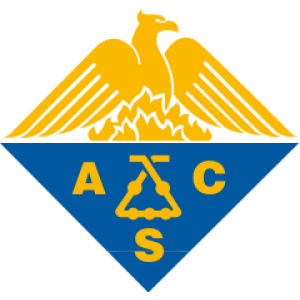



























![Partially fluorinated heterocyclic compounds. Part III. The preparation of 4,5,6,7-tetrafluorobenzo[b]furan](/storage/images/resized/leiAYcRDGTSl5B1eCnwpSGqmDEUEfDPPoYisFGhT_small_thumb.webp)








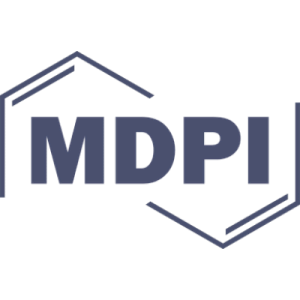





![Partially fluorinated heterocyclic compounds. Part VI. Some reactions of 4,5,6,7-tetrafluorobenzo[b]furan](/storage/images/resized/leiAYcRDGTSl5B1eCnwpSGqmDEUEfDPPoYisFGhT_small_thumb.webp)






![Synthesis of the farnesyl ether 2,3,5-trifluoro-6-hydroxy-4-[(E,E )-3,7,11-trimethyldodeca-2,6,10-trien-1-yloxy]nitrobenzene, and related compounds containing a substituted hydroxytrifluorophenyl residue: novel inhibitors of protein farnesyltransferase, geranylgeranyltransferase I and squalene synthase](/storage/images/resized/leiAYcRDGTSl5B1eCnwpSGqmDEUEfDPPoYisFGhT_small_thumb.webp)

































































![Palladium-catalyzed regio- and chemoselective ortho-benzylation of C–H bond using a functionalizable primary amide directing group: a concise synthesis of dibenzo[b,e]azepin-6-ones](/storage/images/resized/leiAYcRDGTSl5B1eCnwpSGqmDEUEfDPPoYisFGhT_small_thumb.webp)

































![Iron (III)‐porphyrin Complex FeTSPP as an efficient catalyst for synthesis of tetrazole derivatives via [2 + 3]cycloaddition reaction in aqueous medium](/storage/images/resized/bRyGpdm98BkAUYiK1YFNpl5Z7hPu6Gd87gbIeuG3_small_thumb.webp)









![Stabilization of [2.2]paracyclophane anion as a result of transannular interaction](/storage/images/resized/voXLqlsvTwv5p3iMQ8Dhs95nqB4AXOG7Taj7G4ra_small_thumb.webp)





















![Discovery of benzo[f]pyrido[4,3-b][1,4]oxazepin-10-one derivatives as orally available bromodomain and extra-terminal domain (BET) inhibitors with efficacy in an in vivo psoriatic animal model](/storage/images/resized/GDnYOu1UpMMfMMRV6Aqle4H0YLLsraeD9IP9qScG_small_thumb.webp)








![Crystal structure of catenapoly[diaqua-(μ 24,4′-bipyridine)-κ 2 N:N′)-bis(2,6-difluorobenzoate)-κO)nickel(II)] ethanol monosolvate, C28H30F4N2O8Ni](/storage/images/resized/3SpVxcYL33bOvPq4sHxJLH2NeKNeDloahSUpNiO4_small_thumb.webp)









![Synthesis, crystal structures, and anti-convulsant activities of ternary [ZnII(3,5-diisopropylsalicylate)2], [ZnII(salicylate)2] and [ZnII(aspirinate)2] complexes](/storage/images/resized/GDnYOu1UpMMfMMRV6Aqle4H0YLLsraeD9IP9qScG_small_thumb.webp)




![Synthesis, catalase, superoxide dismutase and antitumour activities of copper(II) carboxylate complexes incorporating benzimidazole, 1,10-phenanthroline and bipyridine ligands: X-ray crystal structures of [Cu(BZA)2(bipy)(H2O)], [Cu(SalH)2(BZDH)2] and [Cu(CH3COO)2(5,6-DMBZDH)2] (SalH2=salicylic acid; BZAH=benzoic acid; BZDH=benzimidazole and 5,6-DMBZDH=5,6-dimethylbenzimidazole)](/storage/images/resized/GDnYOu1UpMMfMMRV6Aqle4H0YLLsraeD9IP9qScG_small_thumb.webp)





